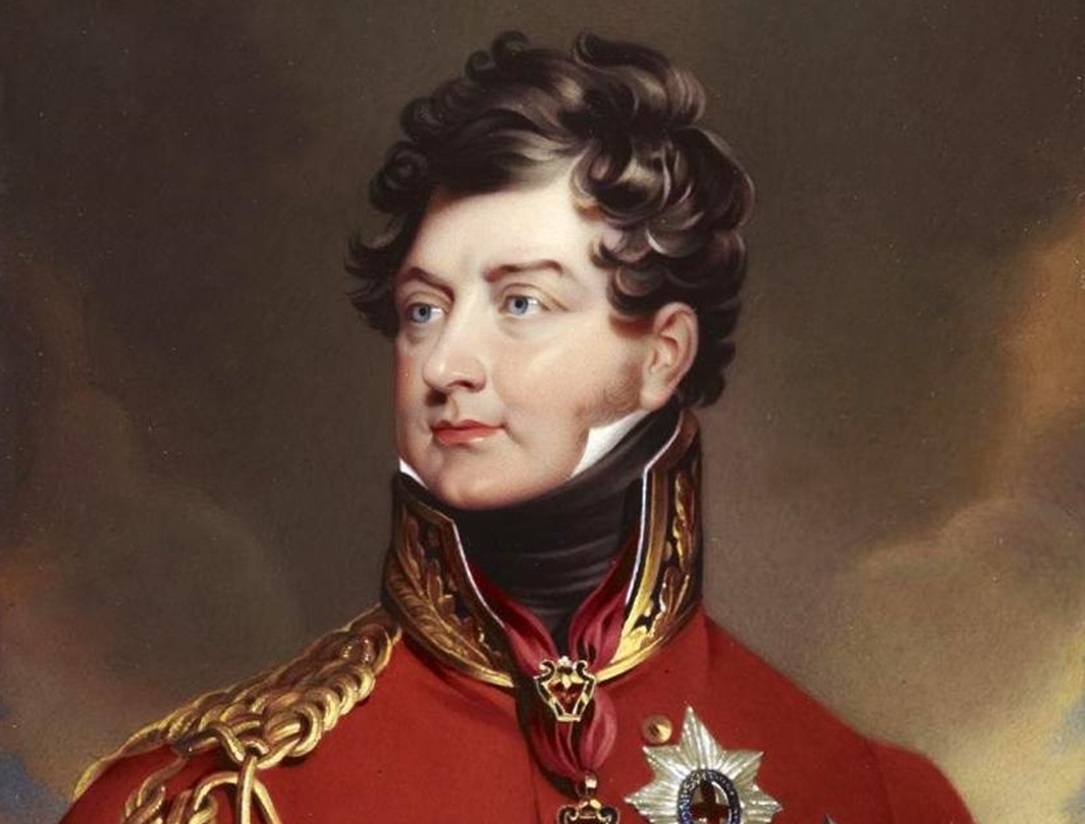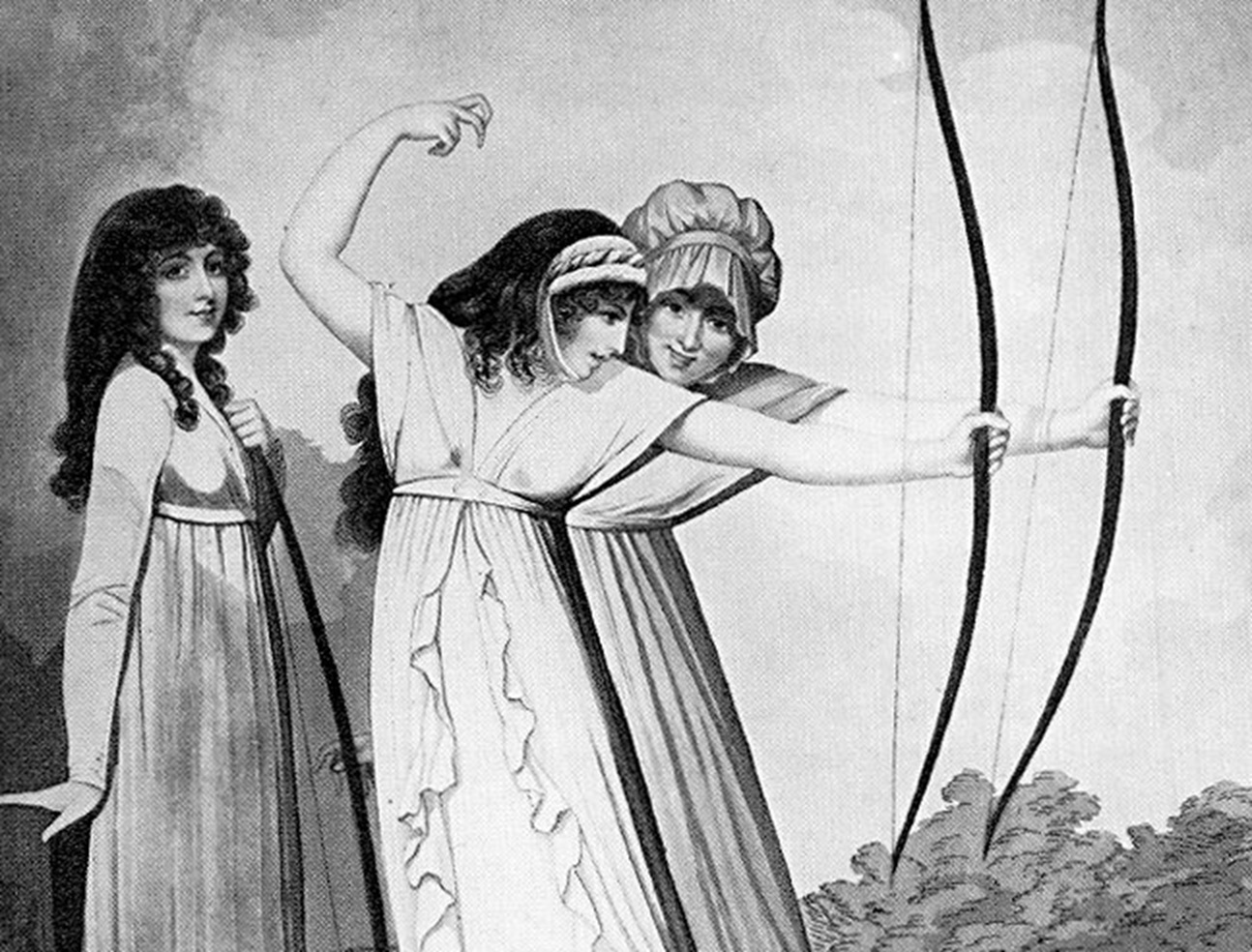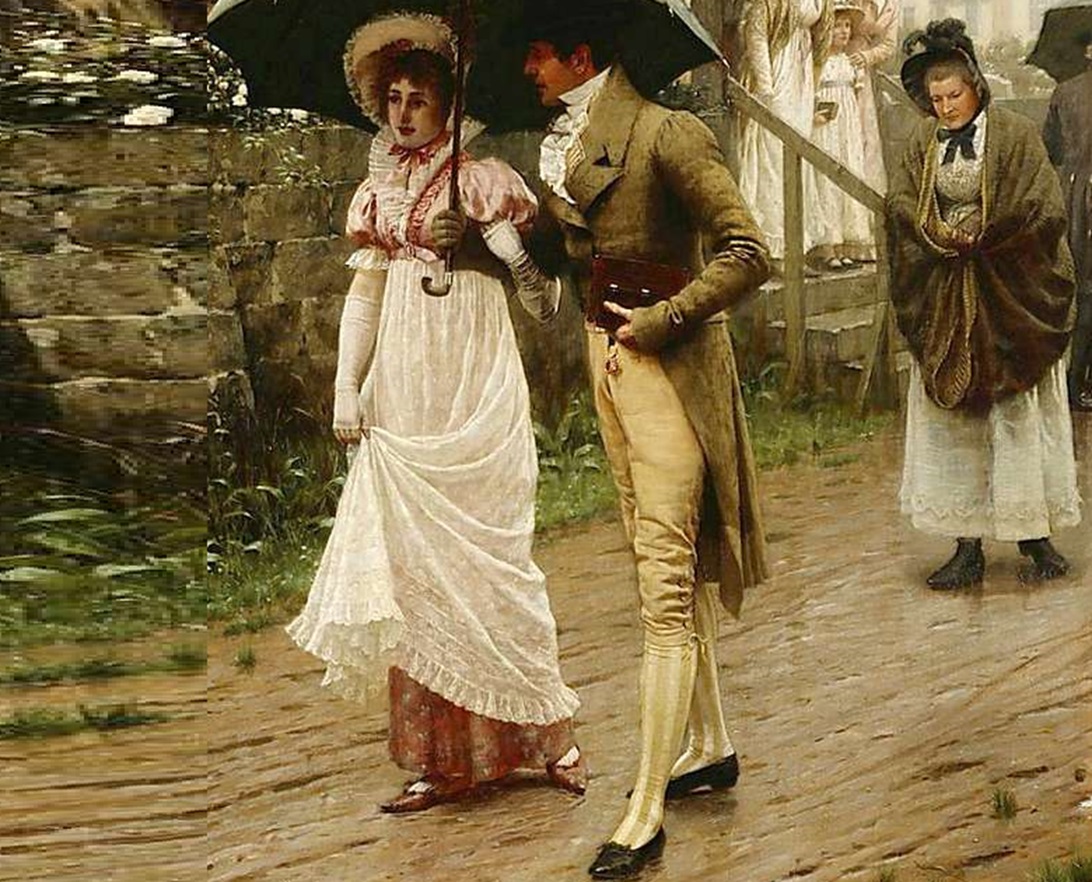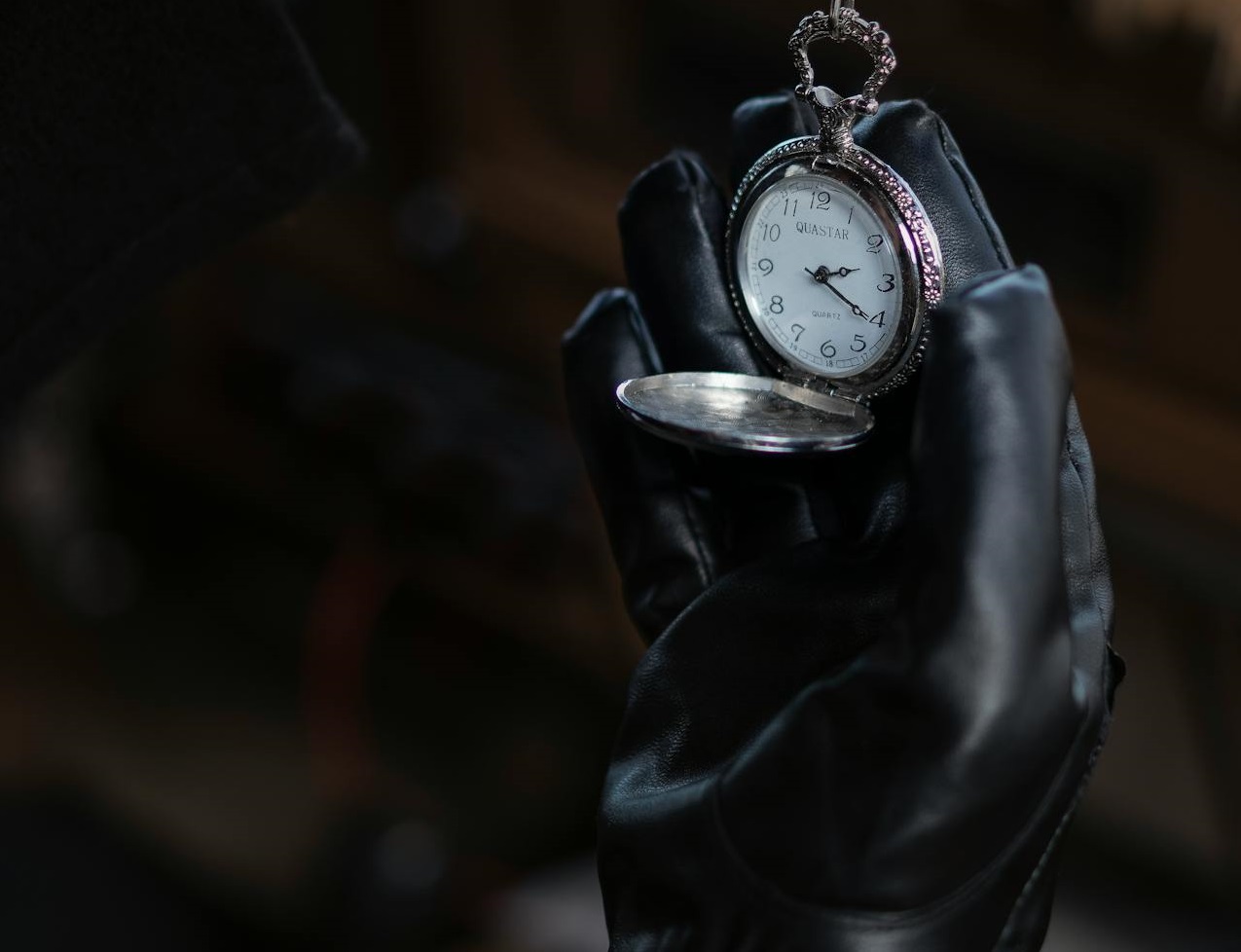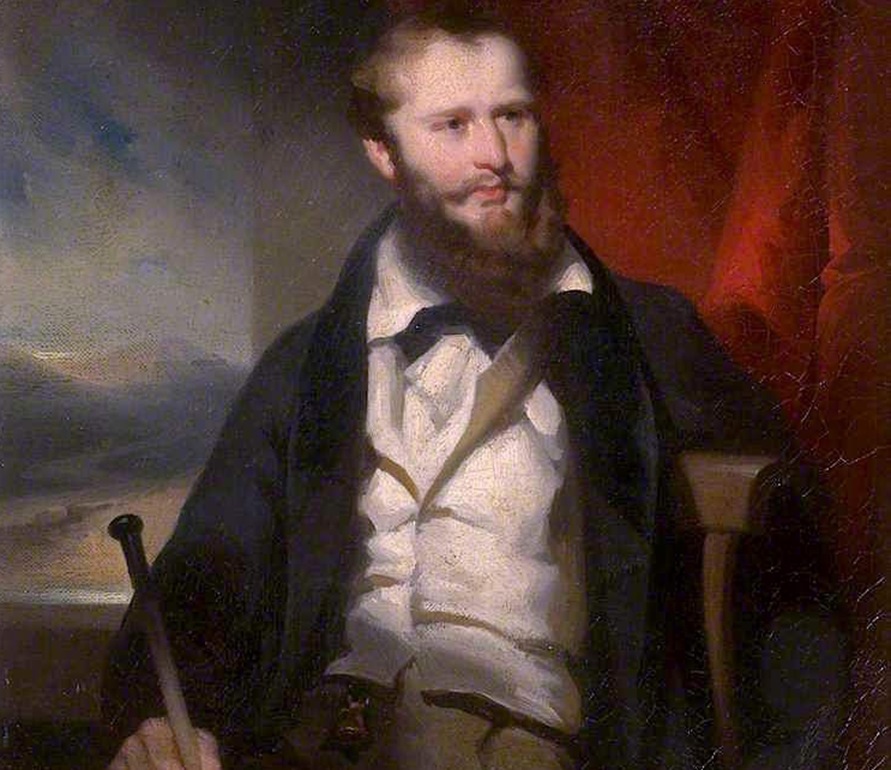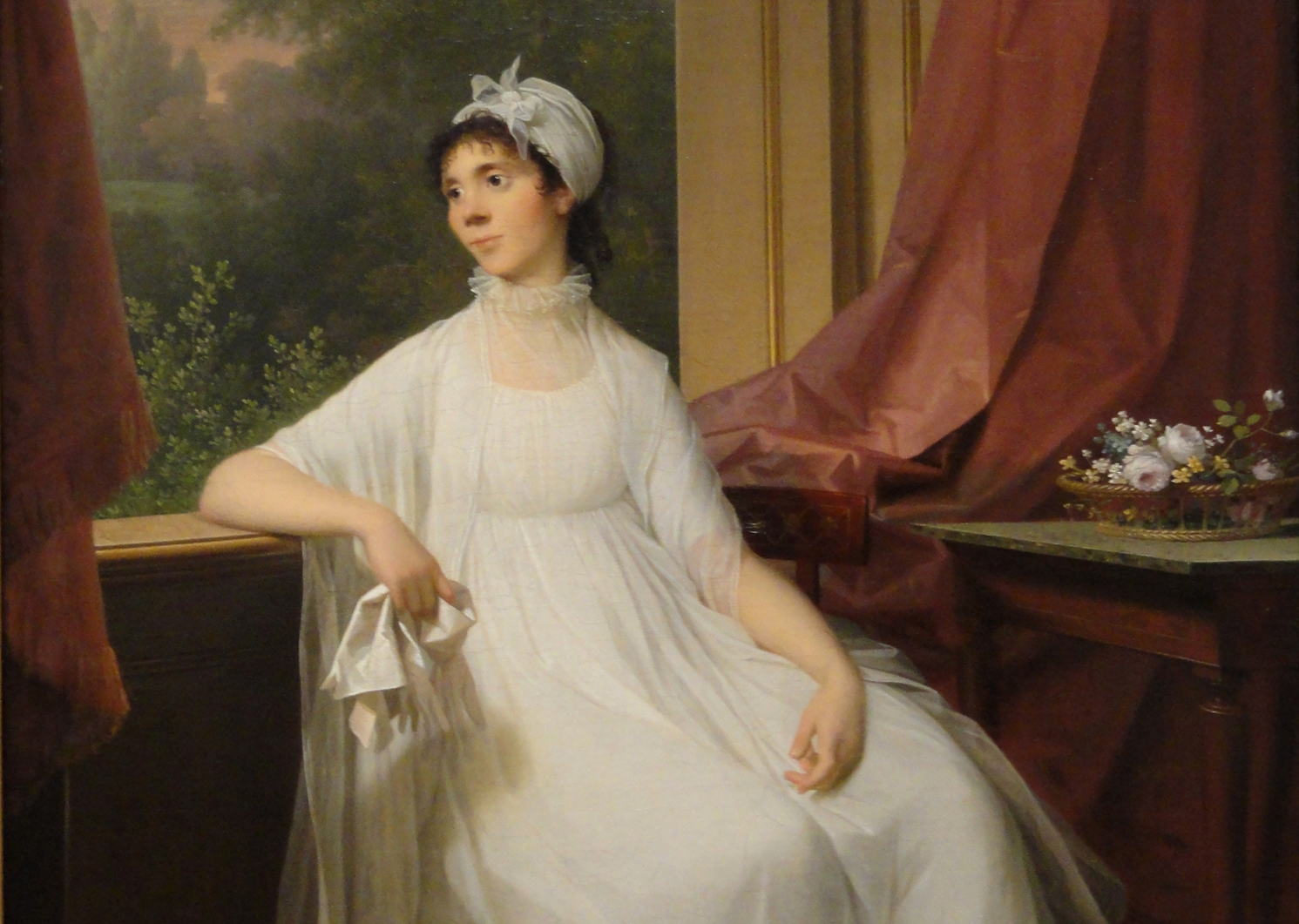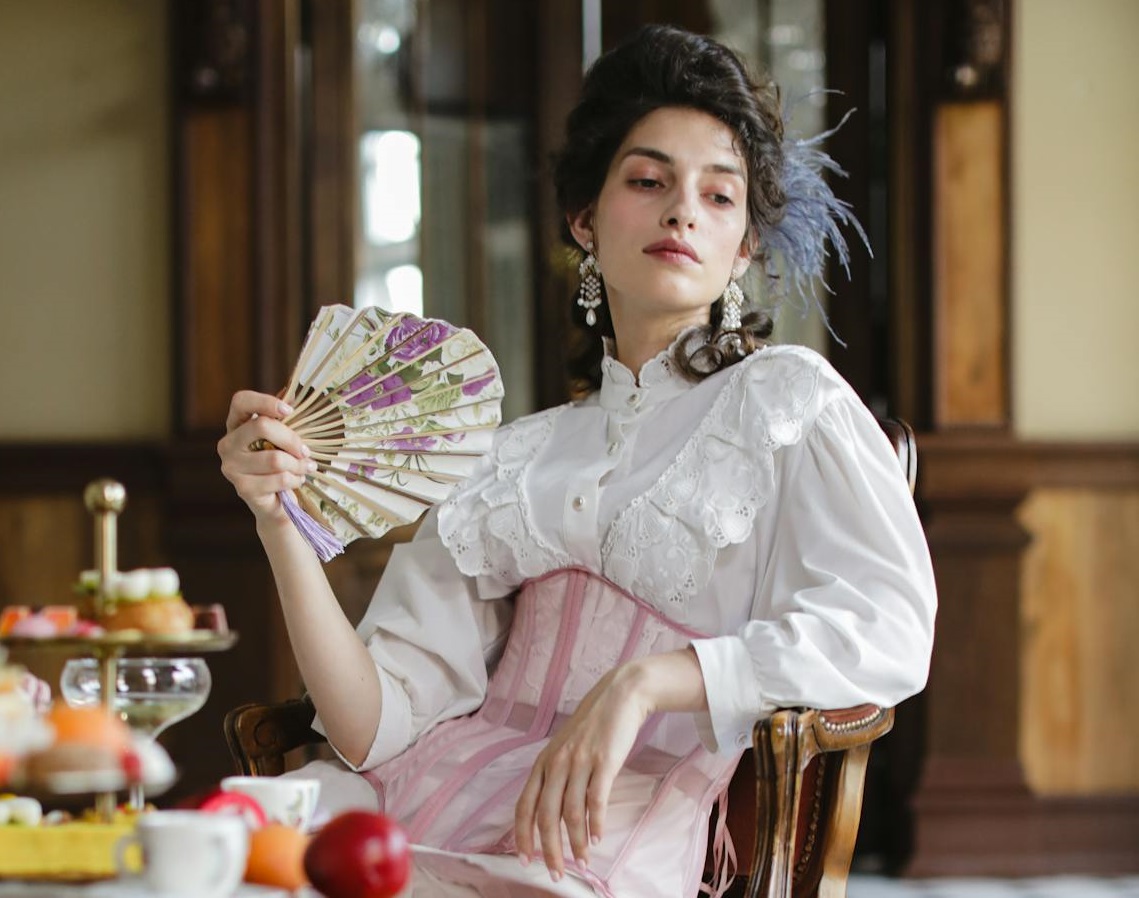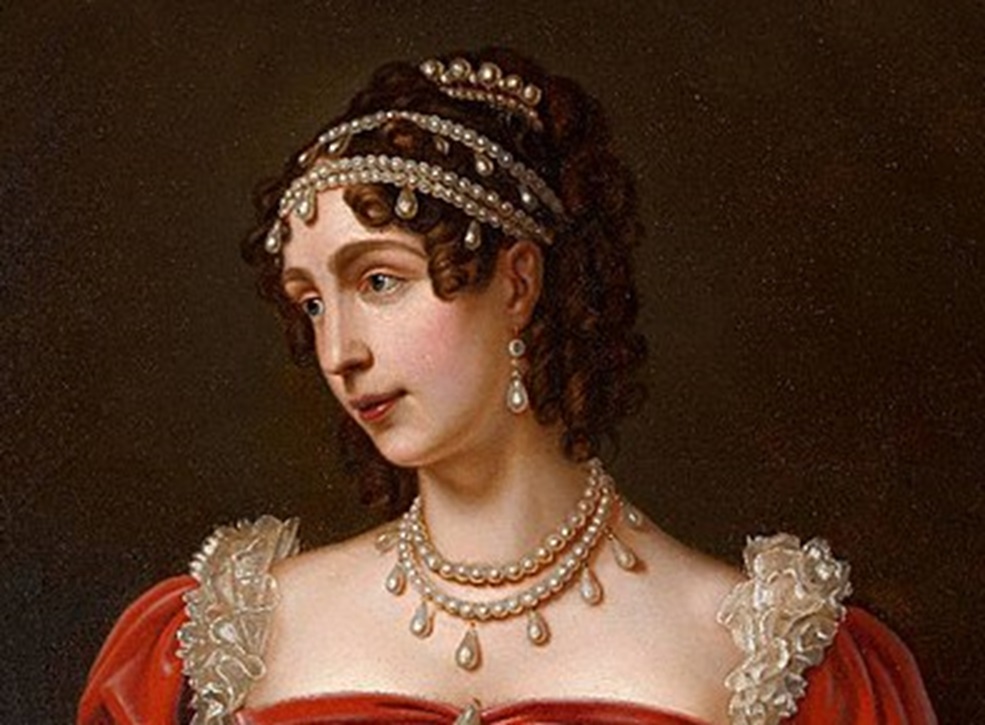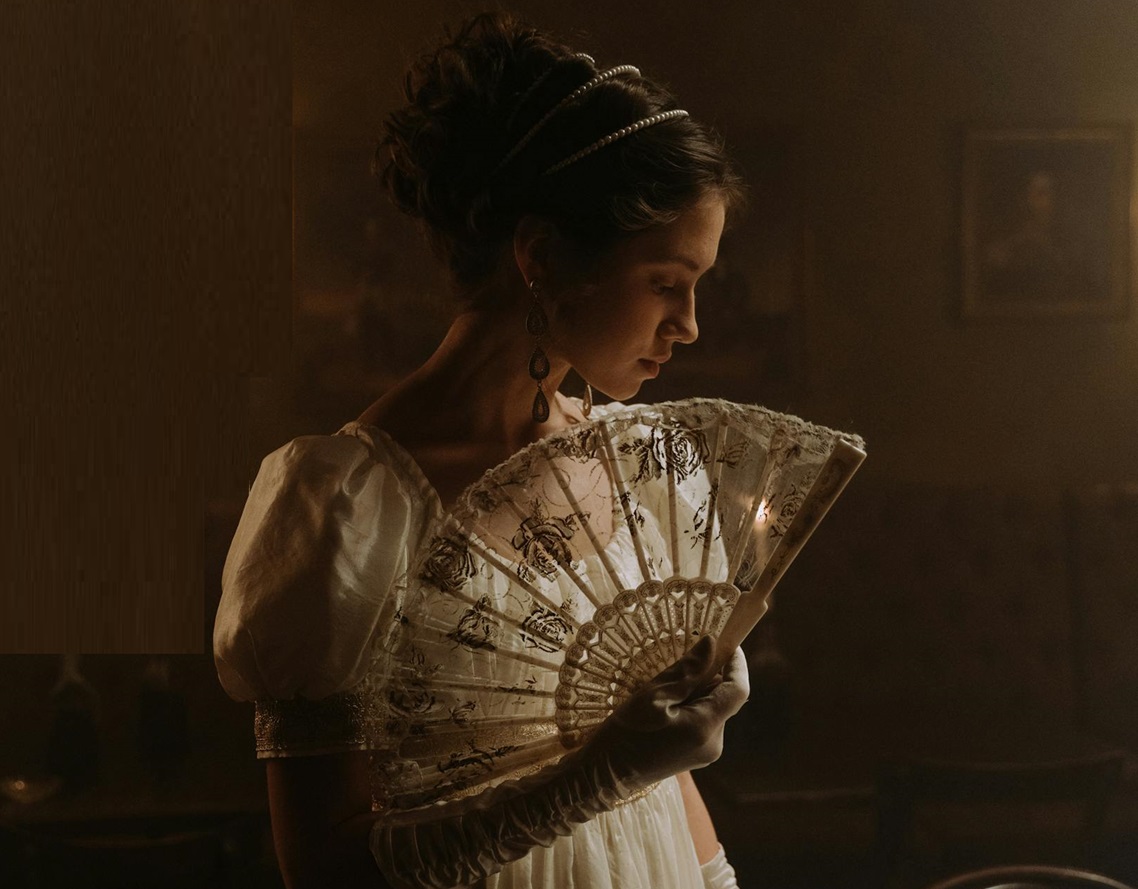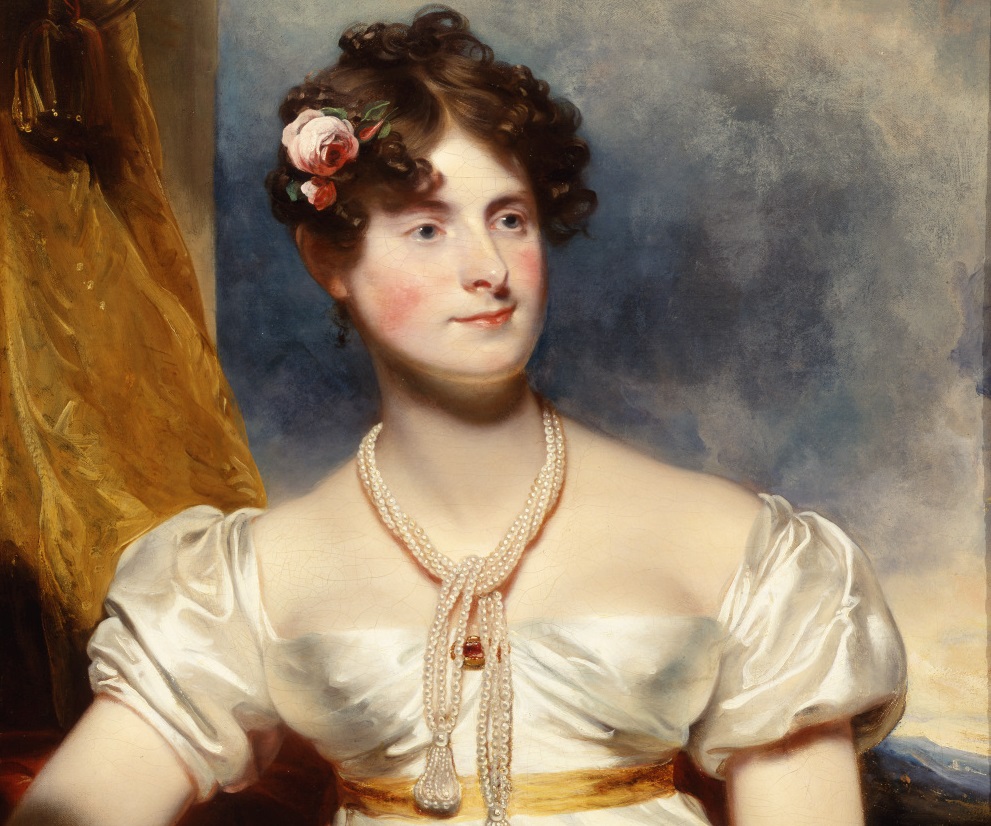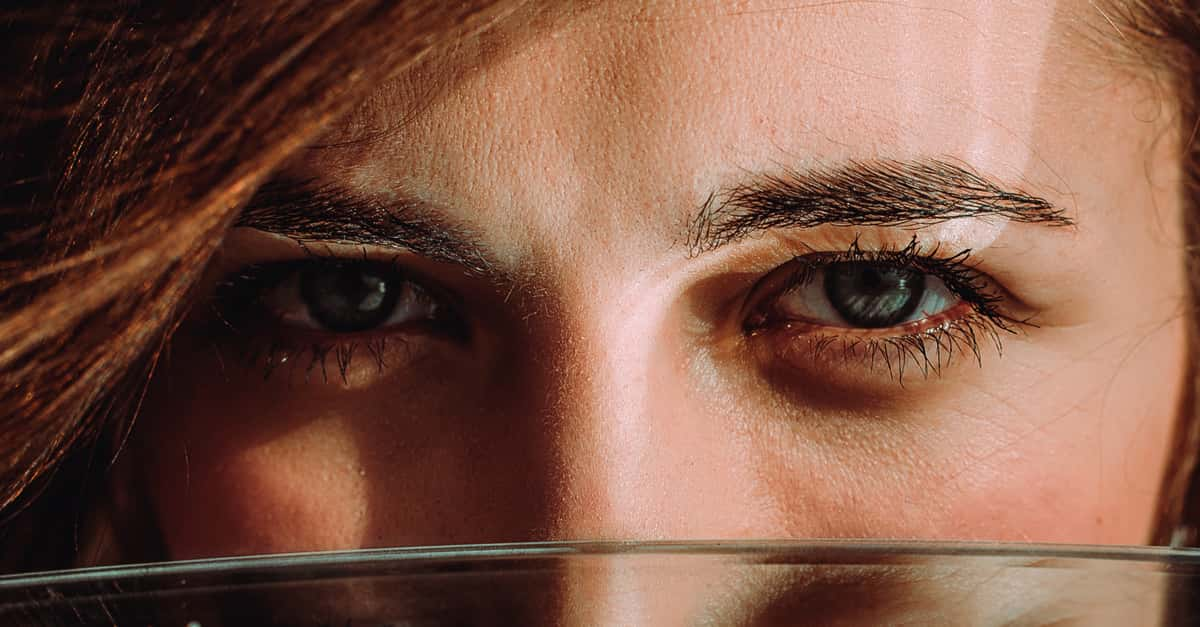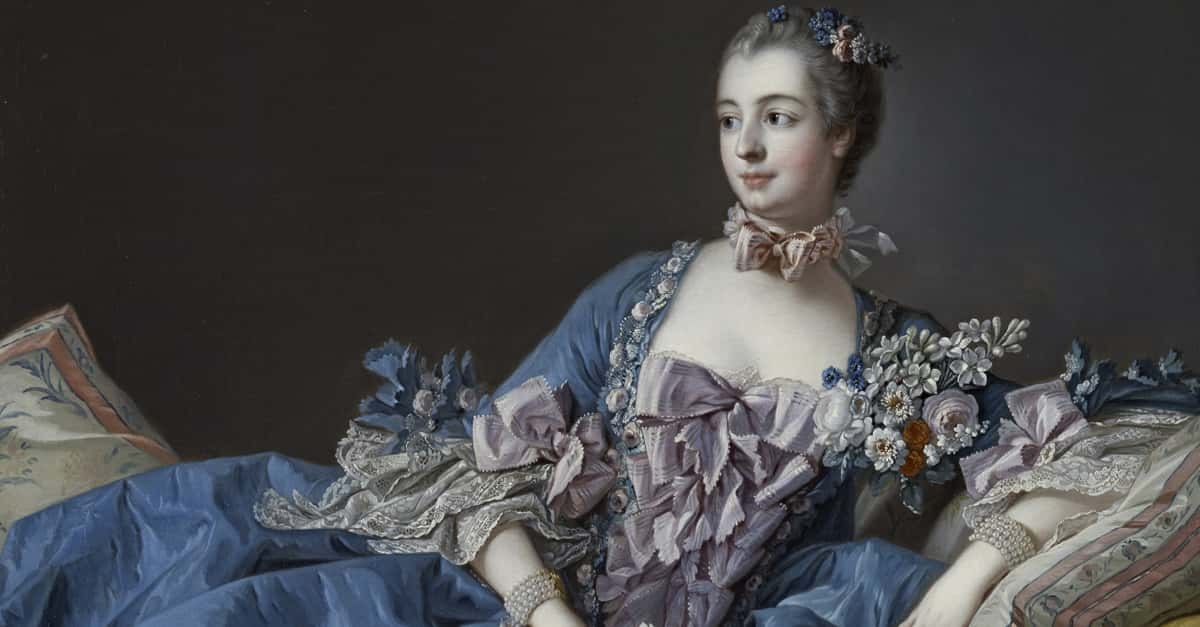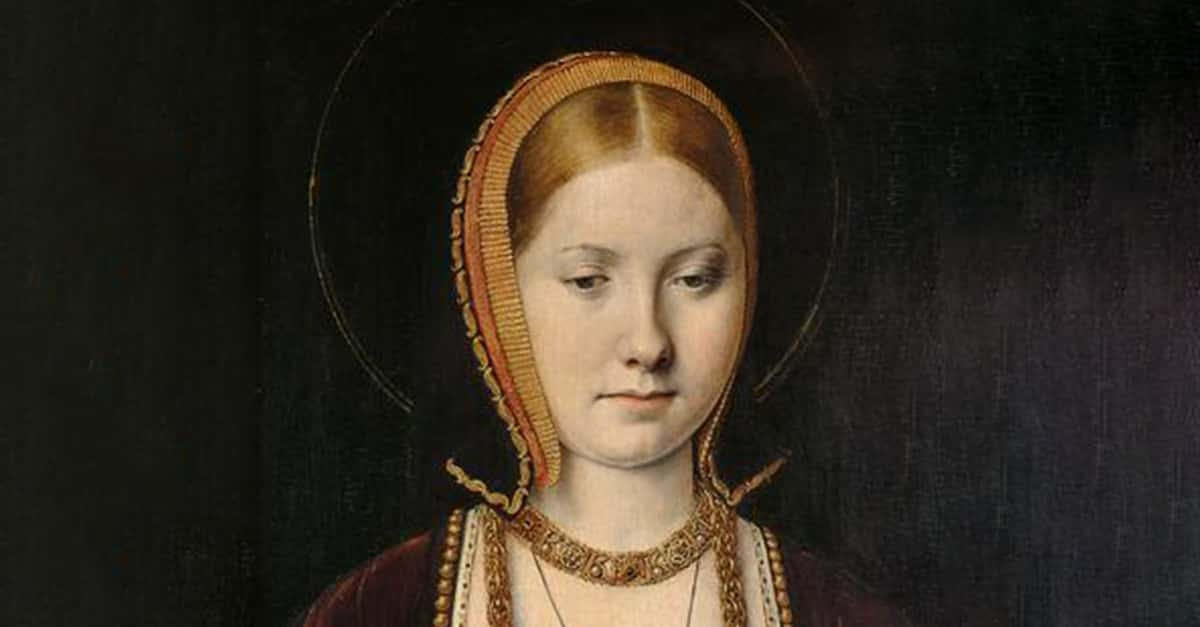Coming Back In Style
The renewed interest in the Regency period, fueled by shows like Bridgerton, has led to a surge in the popularity of Regency-inspired fashion and culture. Here’s everything you need to know about the style in this iconic era.
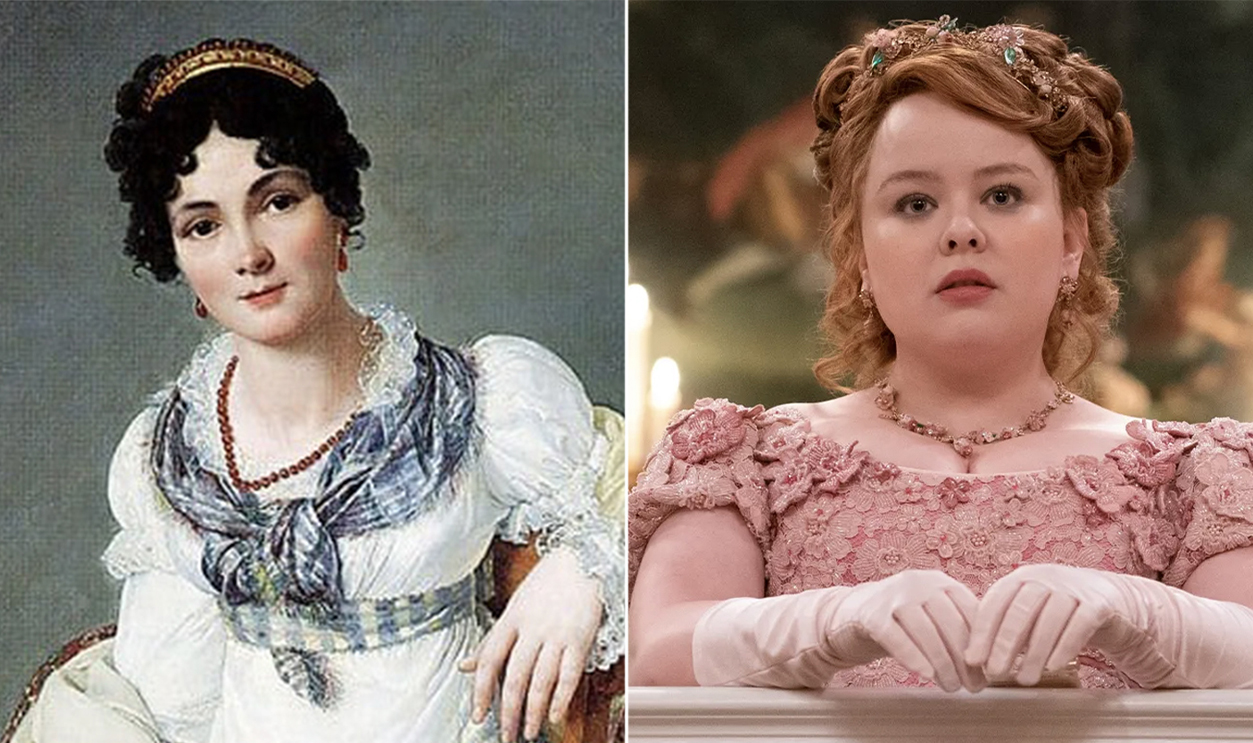
When Exactly Was The Regency Era?
The Regency era in Britain lasted from 1811 to 1820, during which George IV served as Prince Regent before becoming king.
A Fashion Evolution
Fashion changes reflect and adapt to shifting cultural influences and societal norms. The Regency period showcases a distinct fashion evolution from the late 18th century to the early 19th century.
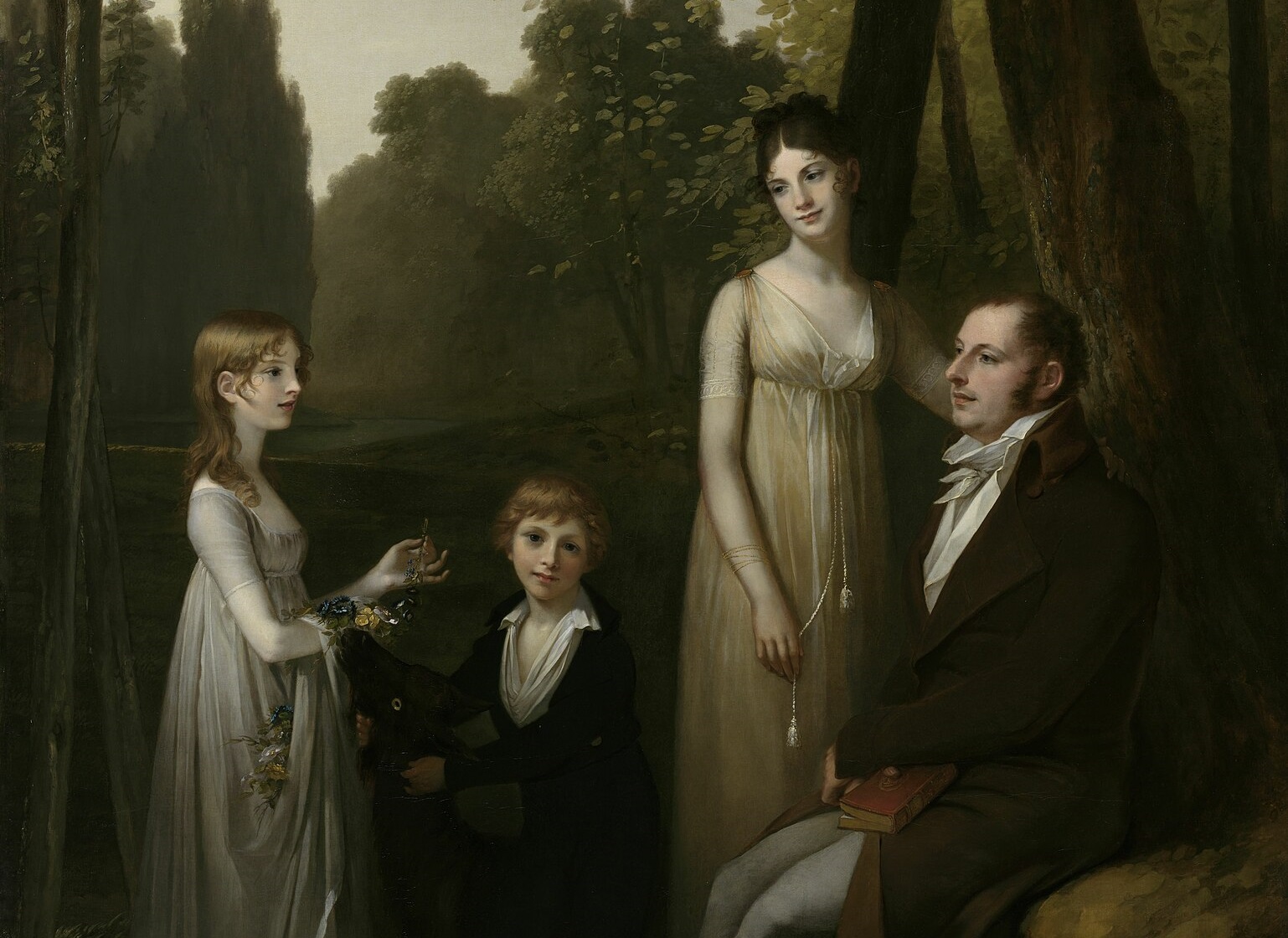 Pierre-Paul Prud'hon, Wikimedia Commons
Pierre-Paul Prud'hon, Wikimedia Commons
Social Influences Of The Regency Era
Classical revivalism, the French Revolution, British aristocracy, Romanticism, and evolving gender norms helped create the Regency fashion style.
 Louis-Léopold Boilly, Wikimedia Commons
Louis-Léopold Boilly, Wikimedia Commons
Social Influences: Classical Revival
Regency-era clothing designs echoed classical Greek simplicity and grace. The influence of Ancient Greece and Rome is apparent in the emphasis on elegance, symmetry, and proportion.
Social Influences: French Influence
During the Napoleonic Wars, French fashion trends significantly impacted British styles by introducing a preference for sleek, streamlined garments. This influence reflected a broader European trend toward neoclassicism and sophistication.
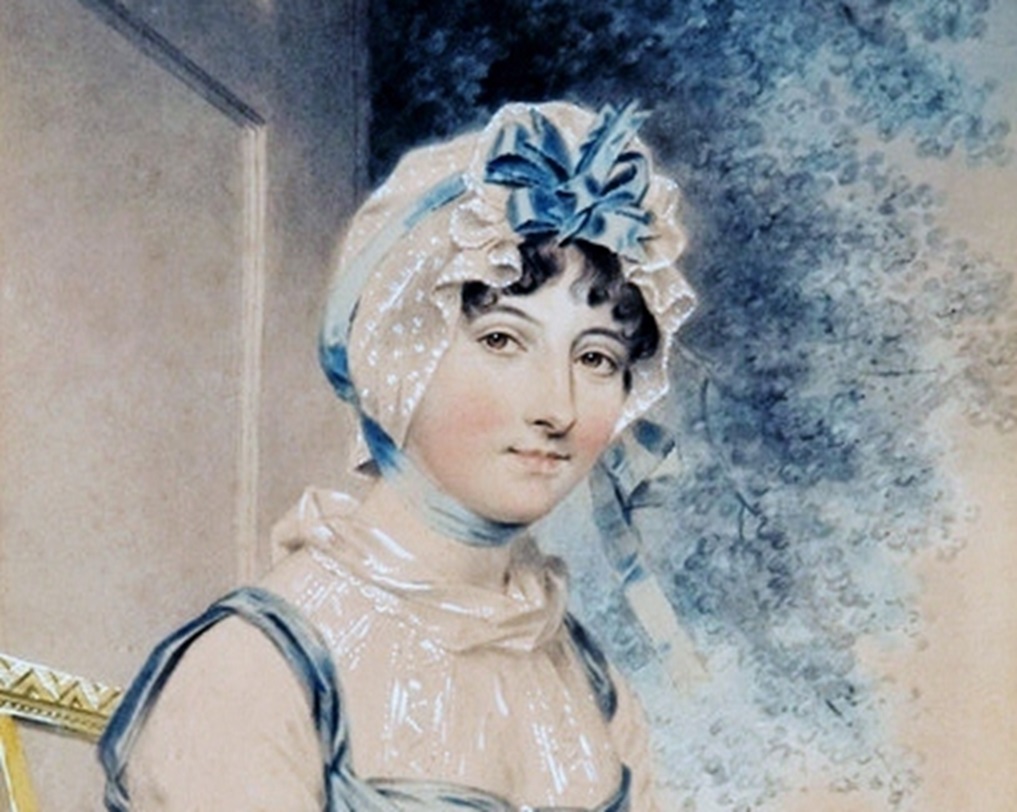 John Downman, Wikimedia Commons
John Downman, Wikimedia Commons
Social Influences: Royalty And Nobility
The British monarchy's influence on Regency-era clothing was significant. George IV set fashion trends through his opulent and meticulously tailored garments. Royalty established high standards for refinement and grace, which the upper classes eagerly adopted.
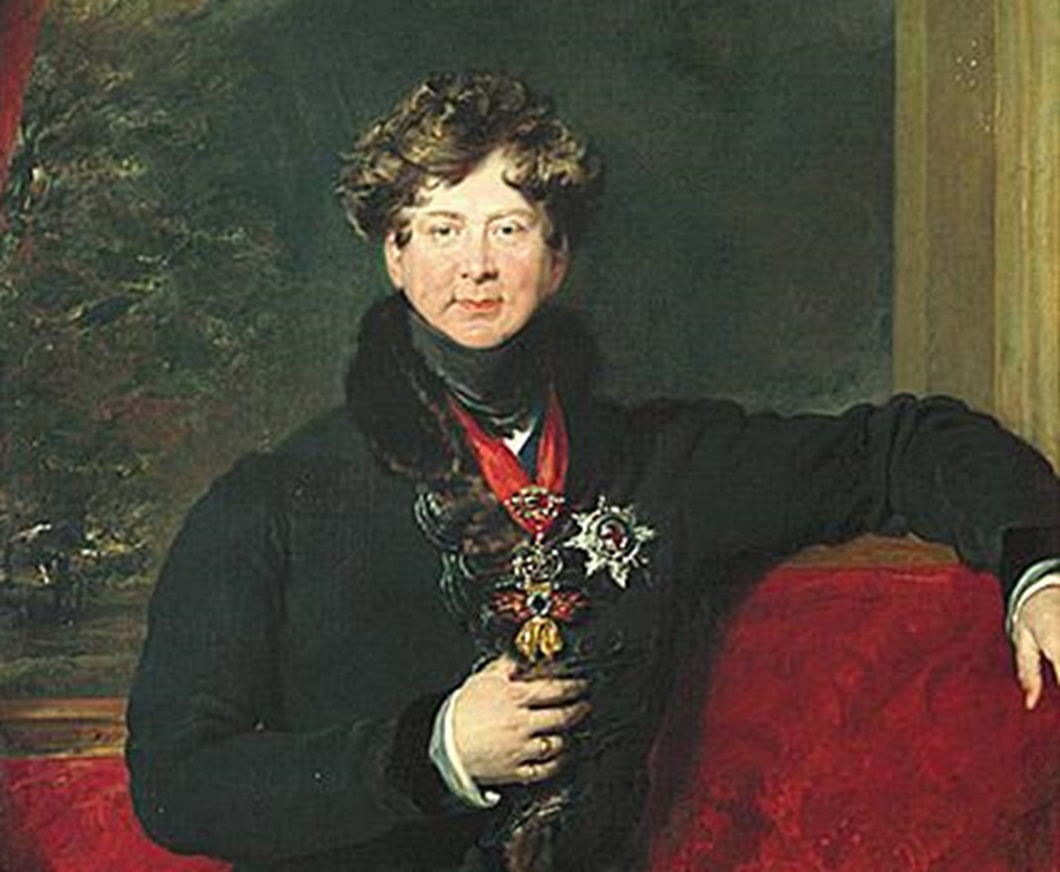 Thomas Lawrence, Wikimedia Commons
Thomas Lawrence, Wikimedia Commons
Social Influences: Romanticism
The Regency era loved to be romantic! Fashion emphasized flowing silhouettes, softer fabrics, and a preference for designs that highlighted natural beauty and emotional expression.
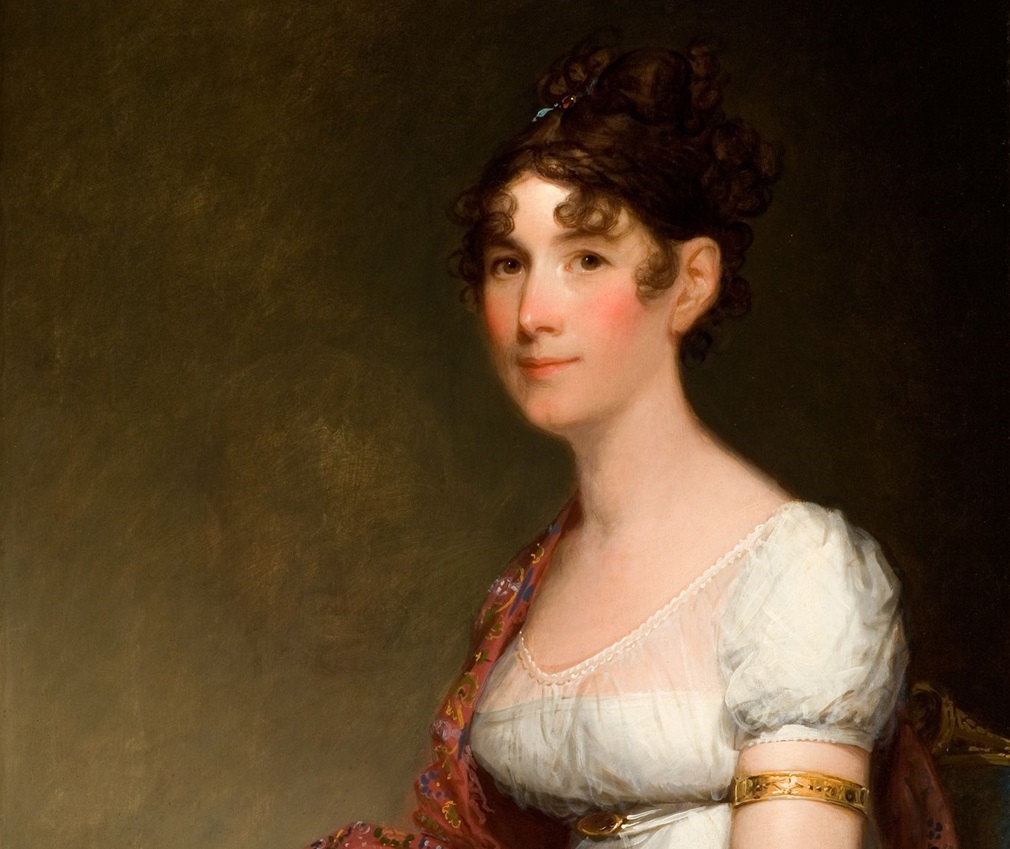 Gilbert Stuart, Wikimedia Commons
Gilbert Stuart, Wikimedia Commons
Social Influences: How To Tell Someone's Social Status
Class hierarchy impacted Regency-era fashion by dictating elaborate and tailored attire for the upper classes. In contrast, lower classes wore simpler, more practical clothing, reinforcing social distinctions through dress.
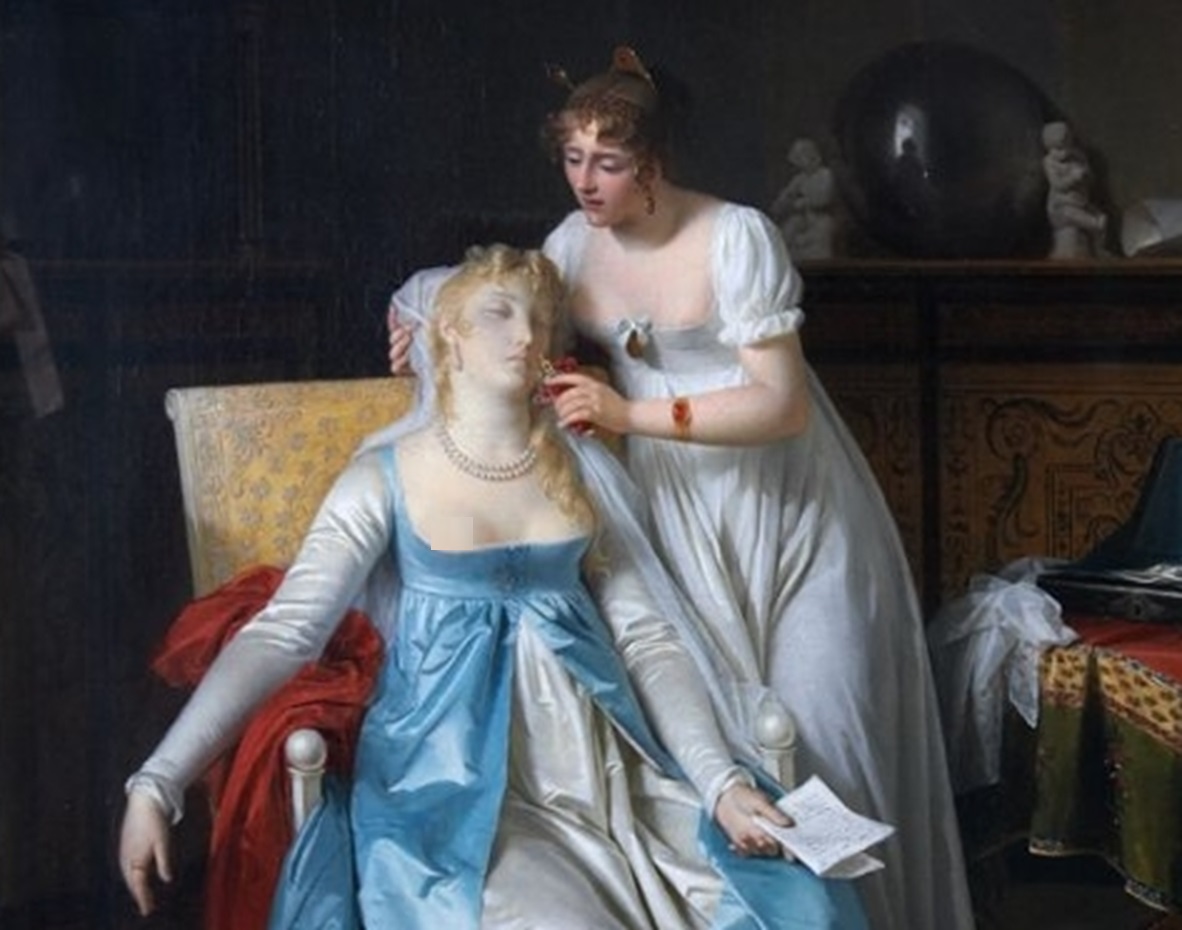 Marguerite Gérard, Wikimedia Commons
Marguerite Gérard, Wikimedia Commons
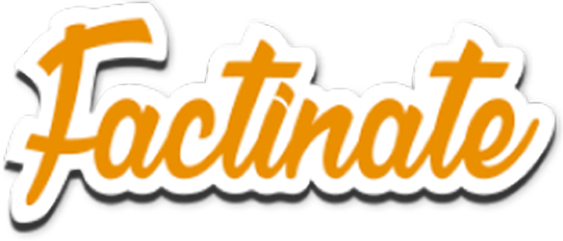
History's most fascinating stories and darkest secrets, delivered to your inbox daily.
Social Influences: Fashion Magazines And Illustrations
Fashion magazines and illustrations were crucial in spreading and standardizing trends. A wider audience could visualize contemporary styles and set trends, which shaped and reinforced fashion norms across different social classes.
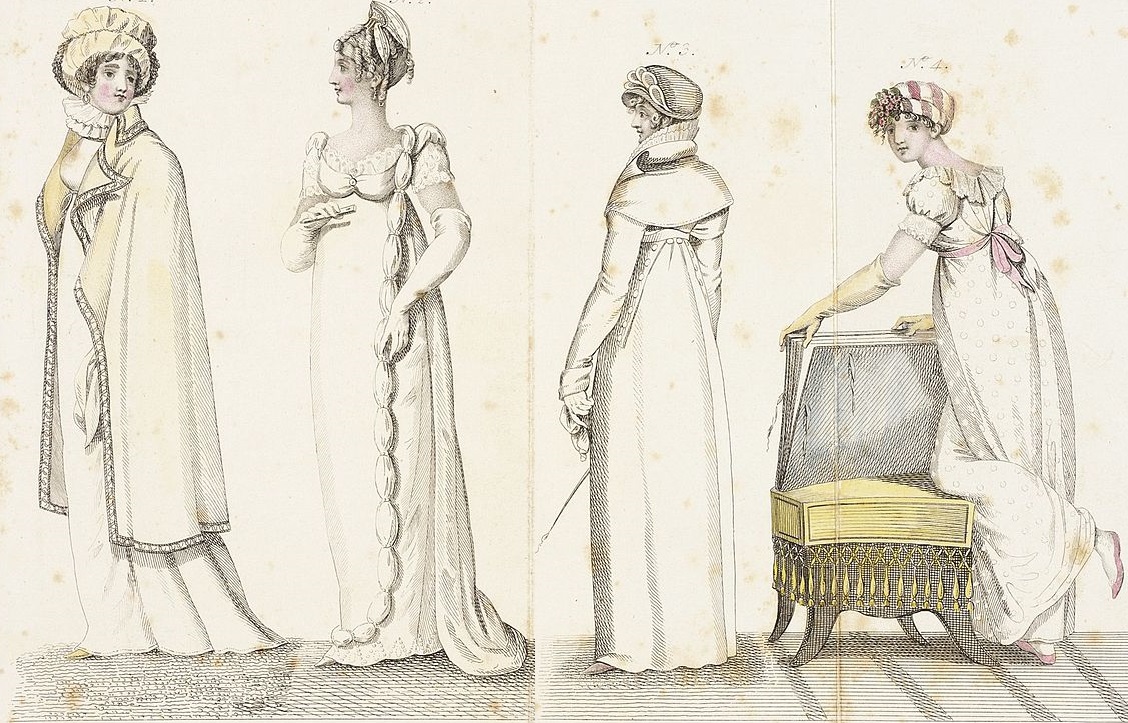 Los Angeles County Museum of Art, Wikimedia Commons
Los Angeles County Museum of Art, Wikimedia Commons
Men's Fashions In The Regency Era
Fashion was not only for the ladies! Men's fashion was also a focus in the Regency era and reflected a shift towards elegance and simplicity.
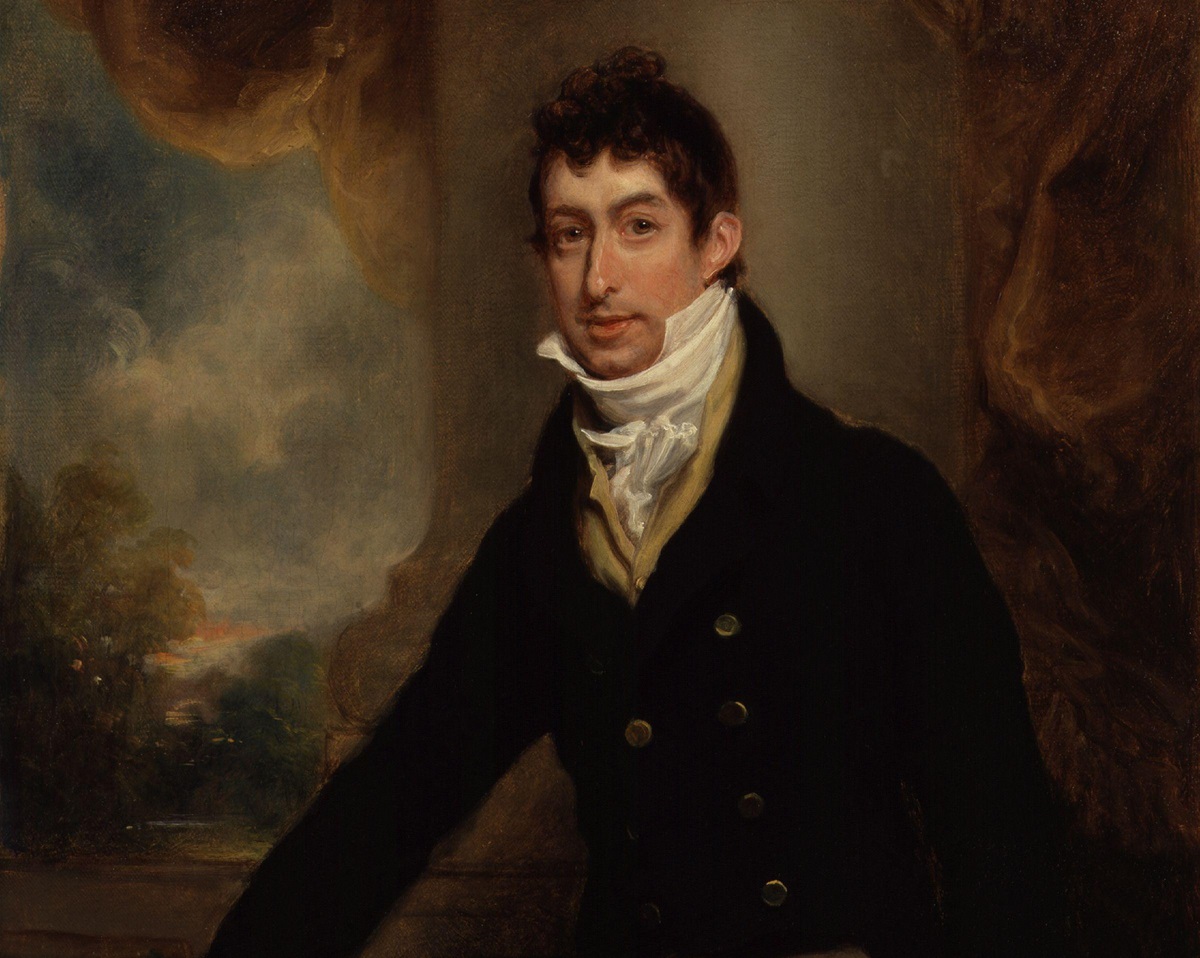 Arthur William Devis, Wikimedia Commons
Arthur William Devis, Wikimedia Commons
Men's Regency Fashion: Tailcoats
A fitted silhouette was the main characteristic of a man's tailcoat in the Regency era. A high collar with dramatic "tails" extended down the back created a refined and elegant look. Coats often featured intricate tailoring.
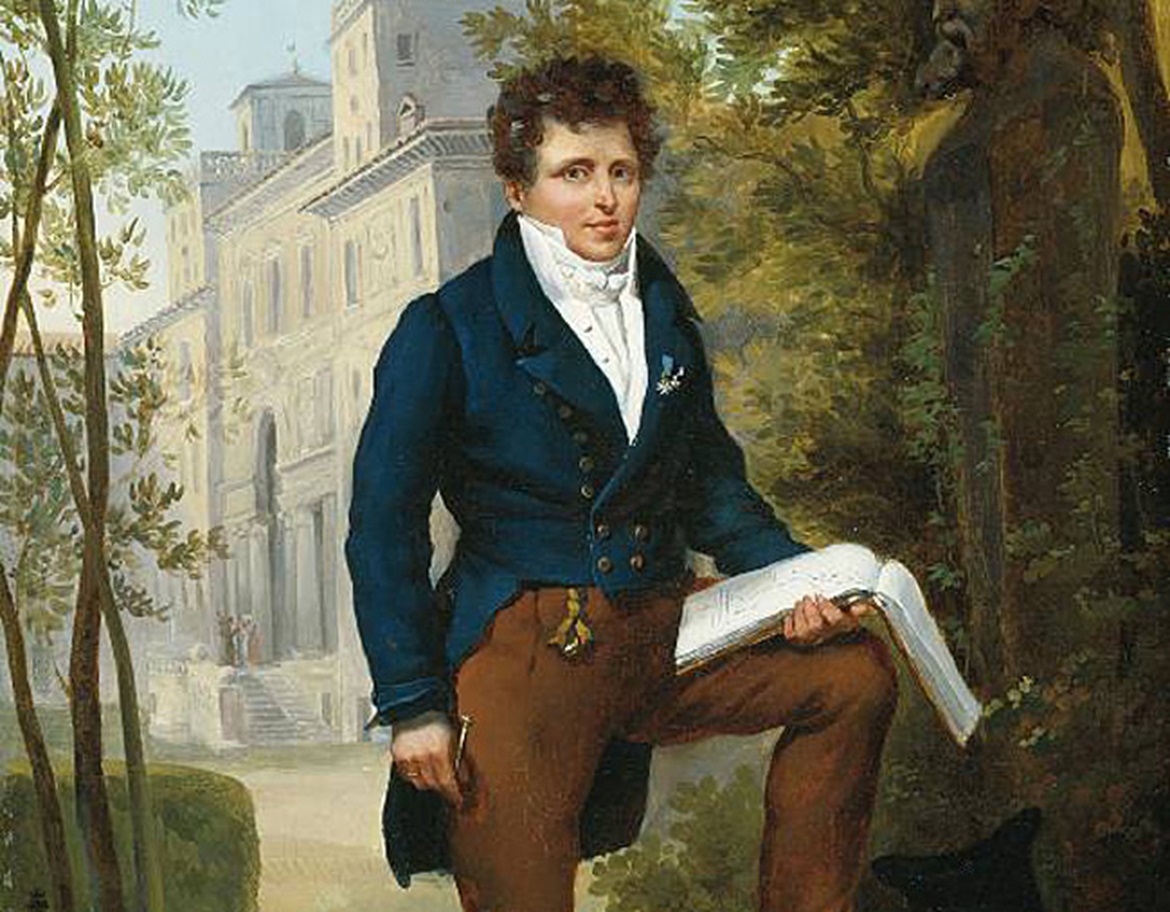 François-Édouard Picot, Wikimedia Commons
François-Édouard Picot, Wikimedia Commons
Men's Regency Fashion: Waistcoats
A fashionable man of the Regency era paired his tailcoat with a waistcoat. Men's waistcoats were close-fitting, often elaborately decorated, and worn under tailcoats to add a layer of sophistication and style.
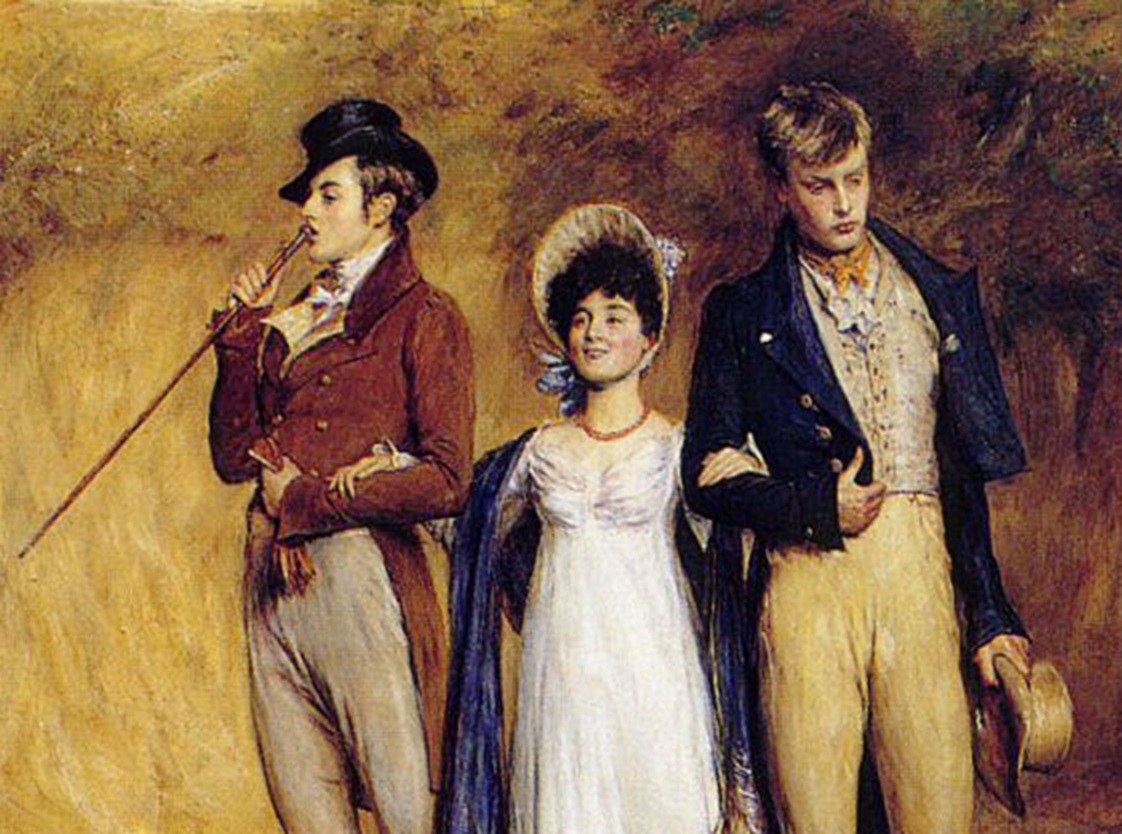 John Pettie, Wikimedia Commons
John Pettie, Wikimedia Commons
Men's Regency Fashion: Breeches
Breeches in the Regency era were knee-length, fitted trousers fastened with buckles or buttons just below the knee. Men wore them with knee-high stockings that were tailored to emphasize a sleek, elongated leg line.
Men's Regency Fashion: Cravats
A man's Regency-era cravat was wide and starched or pleated. It would wrap around the neck and be secured with elaborate knots or pins to provide a formal finish to the tailored outfit.
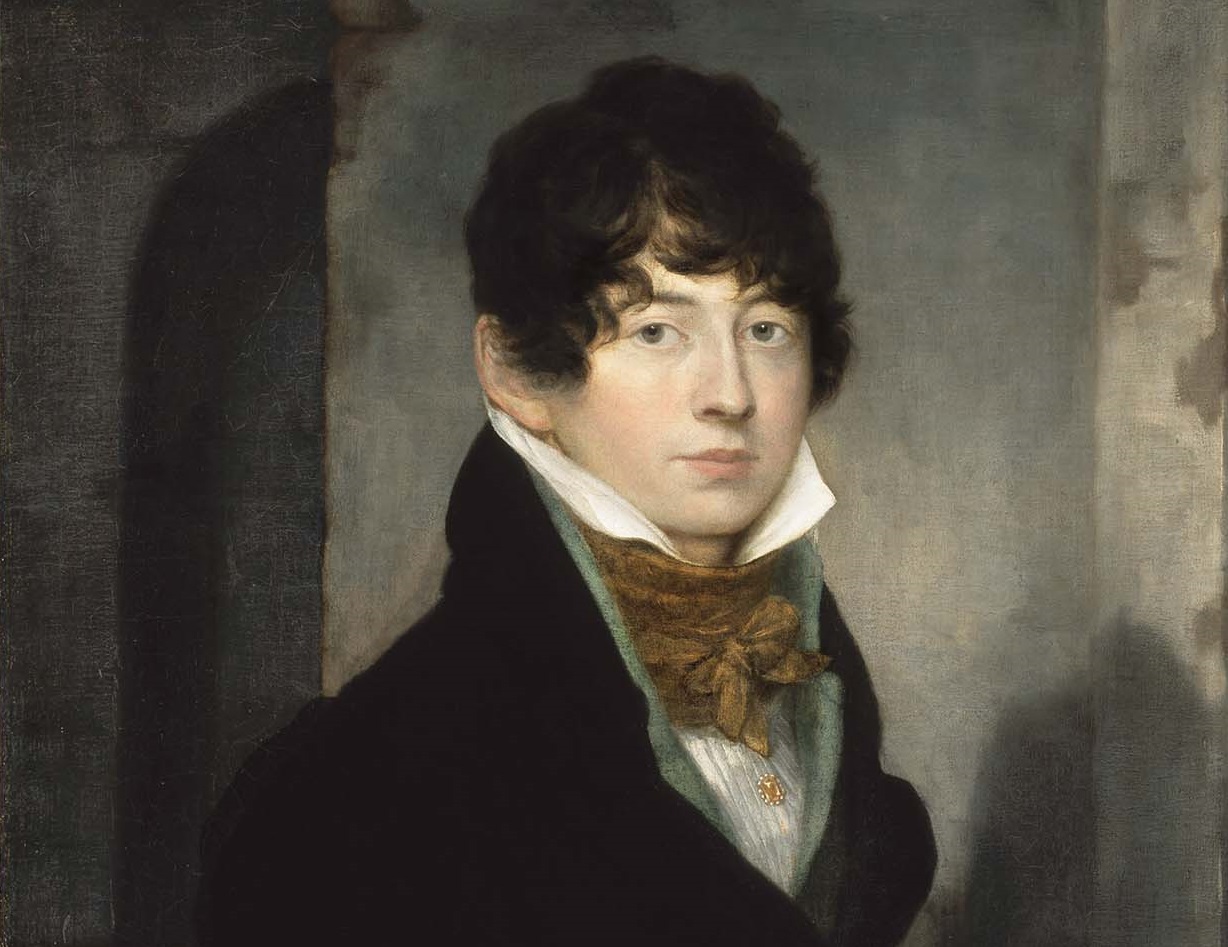 Washington Allston, Wikimedia Commons
Washington Allston, Wikimedia Commons
Men's Regency Fashion: Neckties
Neckties were narrower and shorter than modern ties. They typically featured superficial knots and were often paired with cravats for a refined, polished look.
Men's Regency Fashion: Aren't Cravats And Neckties The Same?
Neckties and cravats in the Regency era differed primarily in their style and function. Cravats were broader and more elaborate, often featuring intricate knots and folds.
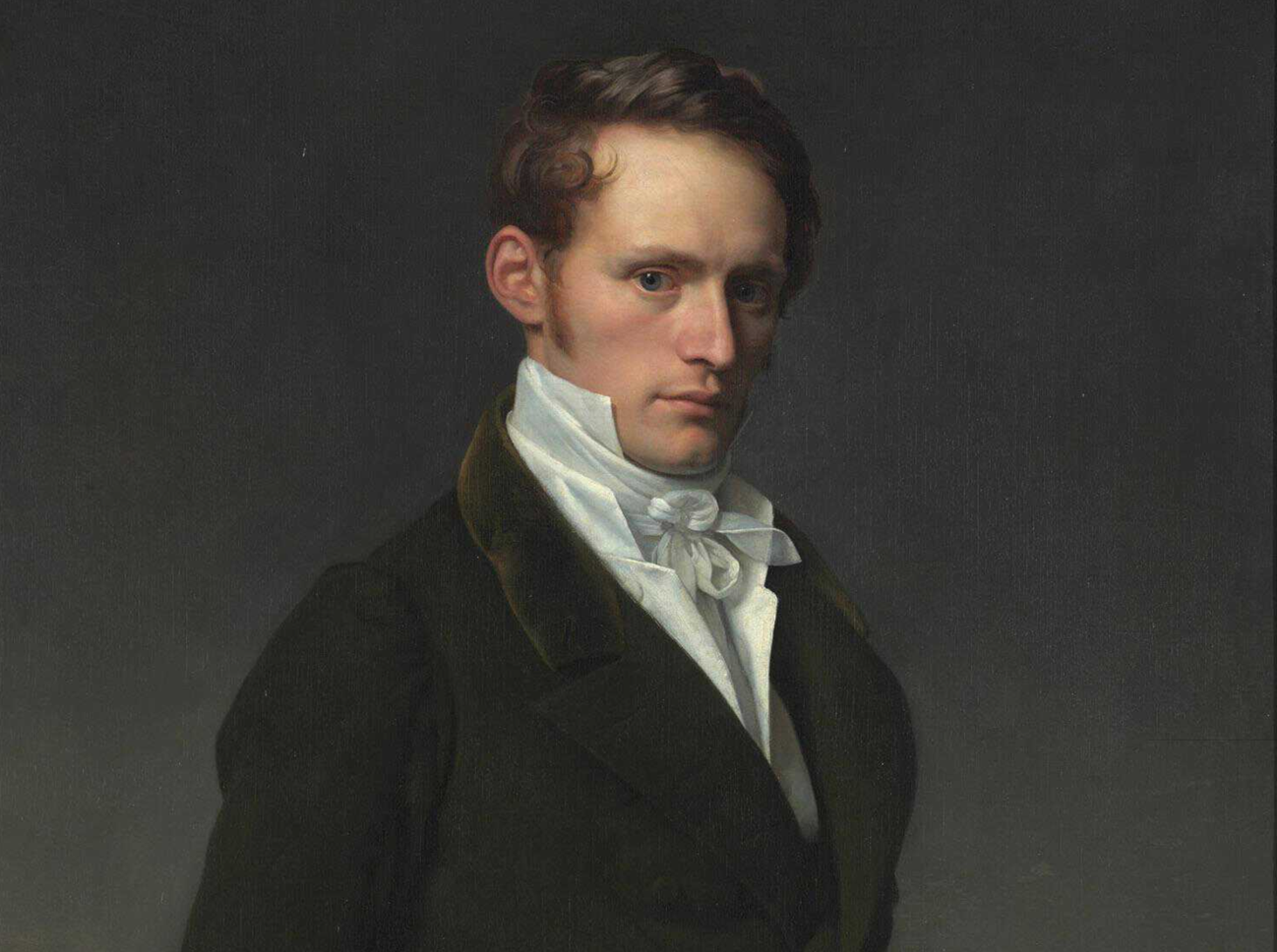 Michel Martin Drolling, Wikimedia Commons
Michel Martin Drolling, Wikimedia Commons
Men's Regency Fashion: For A Simpler Choice, Choose A Necktie
While cravats wrapped around the neck for a more formal presentation, neckties, in contrast, were narrower, simpler, and usually worn as a more streamlined alternative or in conjunction with cravats.
 Jörn Christiansen, Wikimedia Commons
Jörn Christiansen, Wikimedia Commons
Men's Regency Fashion: Footwear
Men's footwear in the Regency era typically featured polished leather shoes with low heels and pointed toes. A man's shoe may also sport decorative elements such as buckles or tassels.
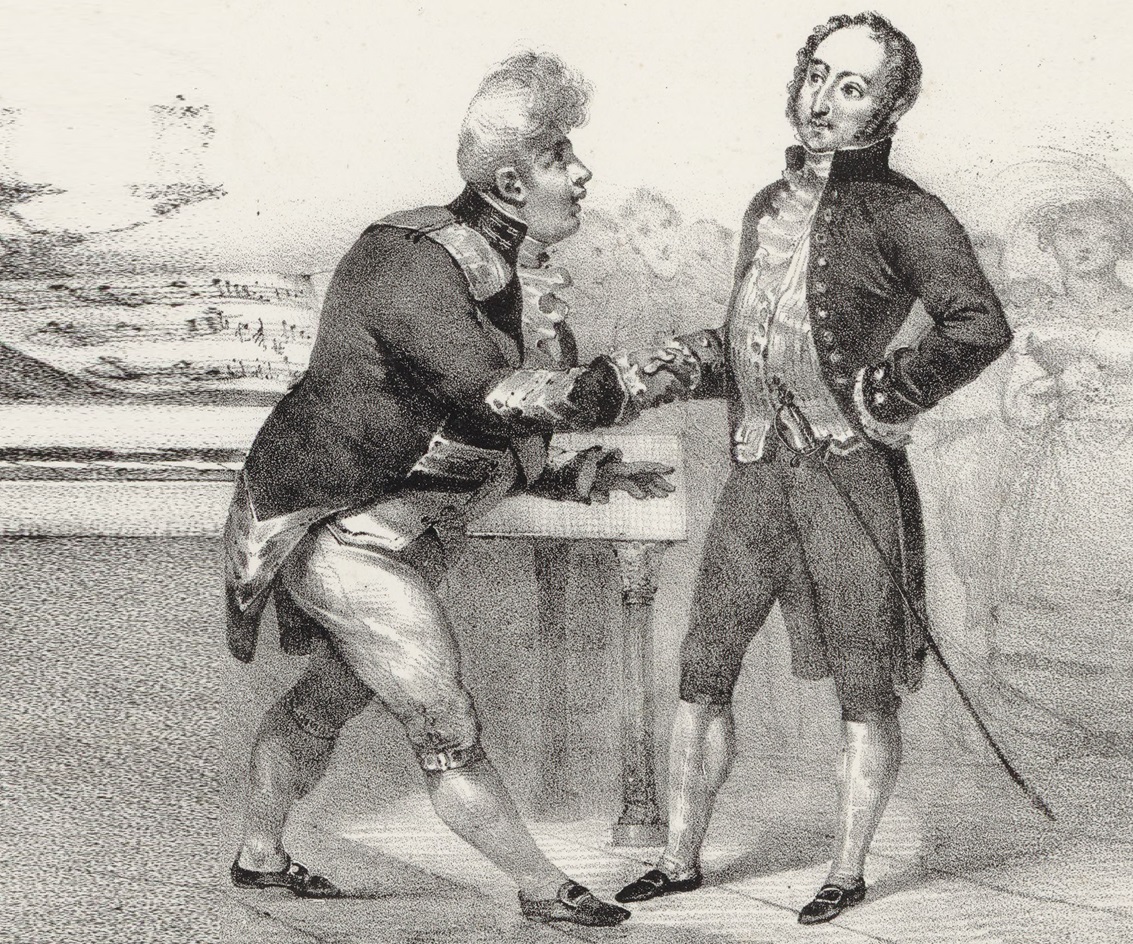 Charles Étienne Pierre Motte, Wikimedia Commons
Charles Étienne Pierre Motte, Wikimedia Commons
Men's Regency Fashion: Boots For The Everyday
Sturdier boots were worn for more practical purposes, reflecting the period's emphasis on elegance and functionality.
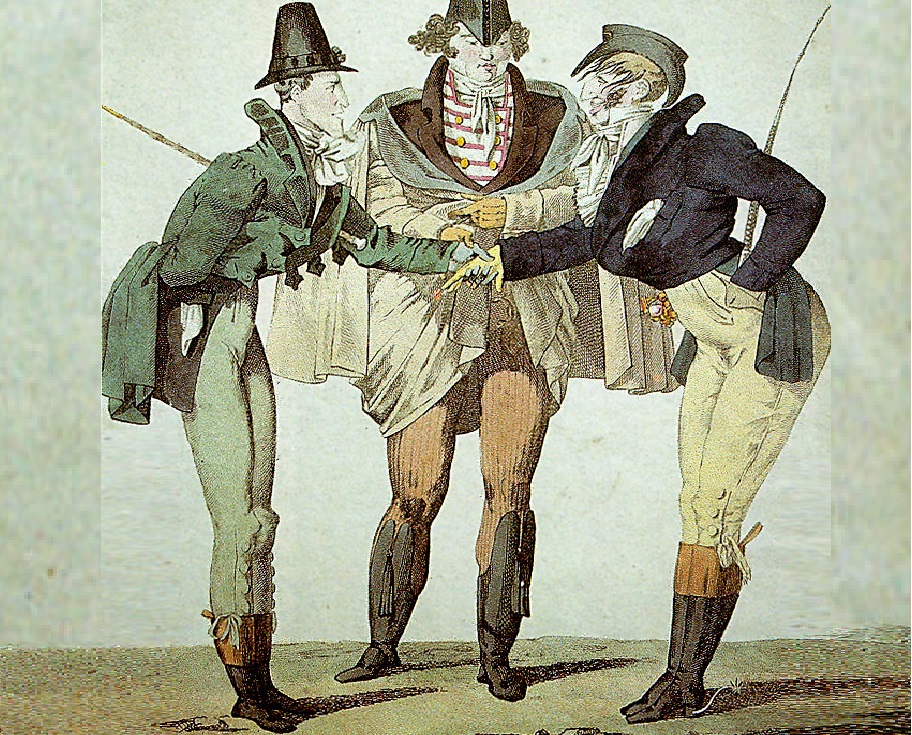 Scanned by H. Churchyard, Wikimedia Commons
Scanned by H. Churchyard, Wikimedia Commons
Men's Accessories In The Regency Era
Men's accessories complemented and enhanced their formal attire, reflecting refinement and status. Remember, it was essential to separate the classes!
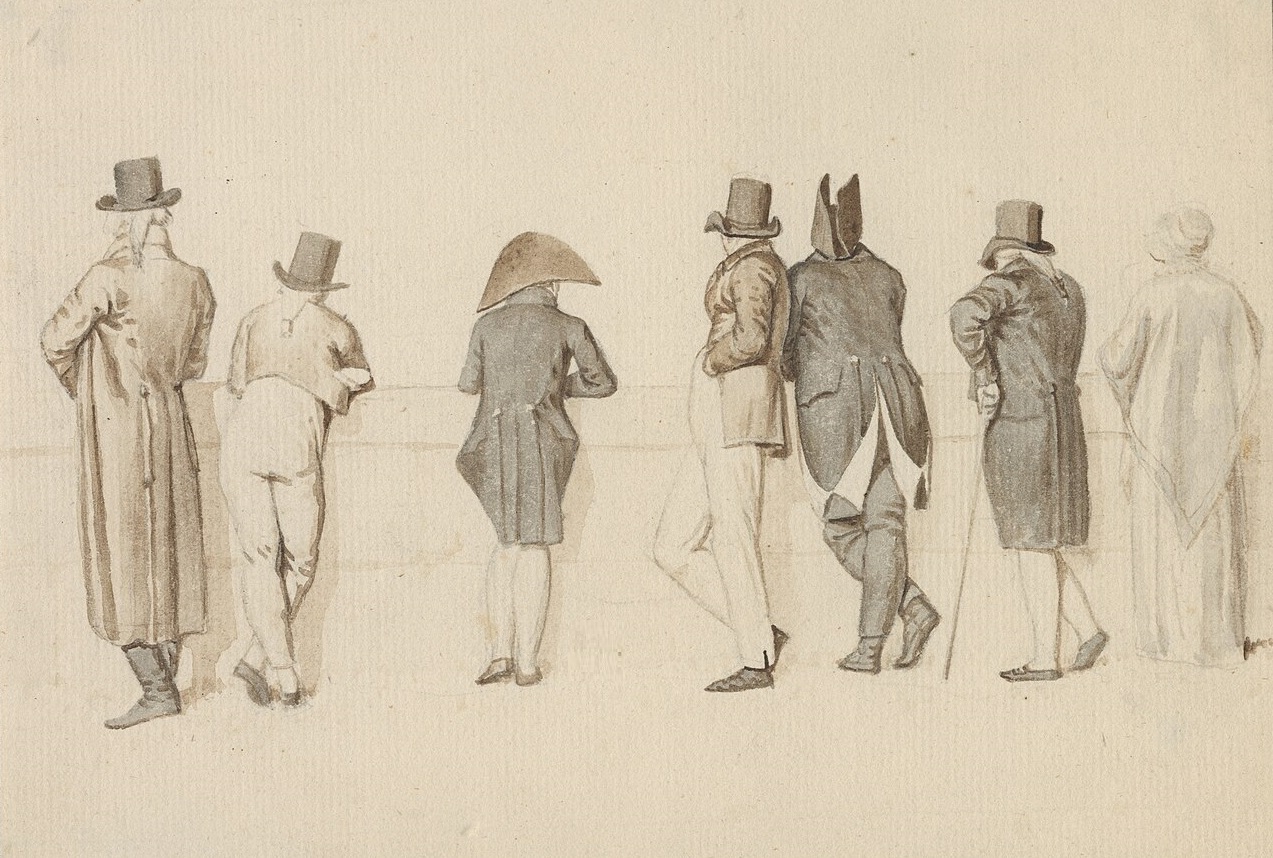 Christoffer Wilhelm Eckersberg, Wikimedia Commons
Christoffer Wilhelm Eckersberg, Wikimedia Commons
Men's Accessories: Pocket Watches
Pocket watches were elegant timepieces kept in a man's waistcoat pocket. Often attached with ornate chains, a pocket watch added an air of refinement.
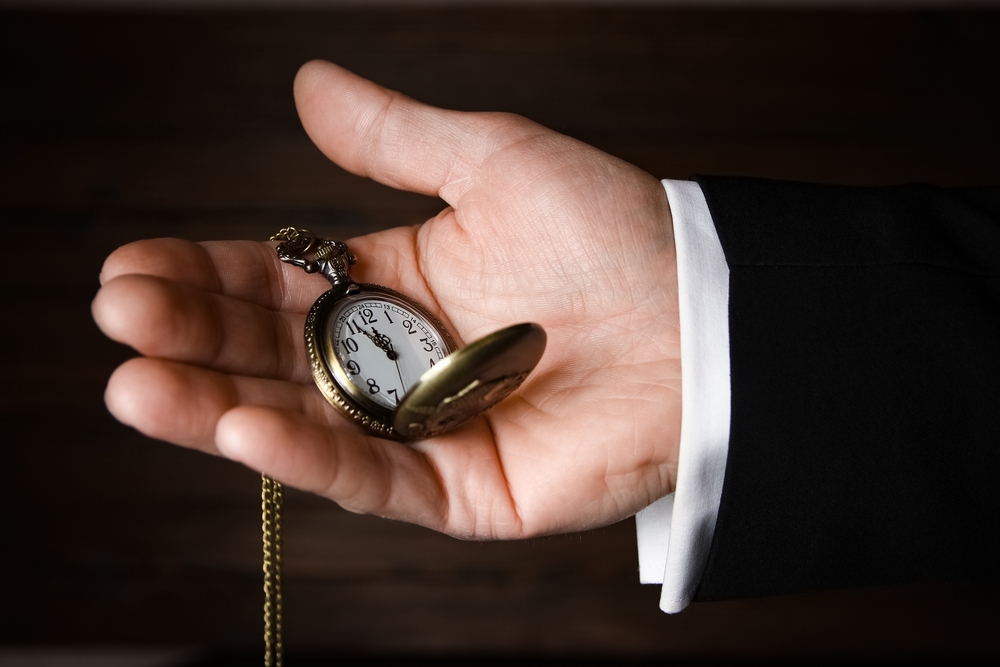 KonstantinChristian, Shutterstock
KonstantinChristian, Shutterstock
Men's Accessories: Gloves
Gloves were a symbol of refinement and social status. Wearing them was part of proper etiquette, and they signified a gentleman's attention to decorum and personal appearance.
Men's Accessories: Hats
Men wore top hats for formal occasions. They chose beaver or felt hats, often featuring ribbons or feathers, for everyday wear.
 Louis-Léopold Boilly, Wikimedia Commons
Louis-Léopold Boilly, Wikimedia Commons
Men's Accessories: Canes
Decorative walking sticks or canes, crafted from fine wood or adorned with silver or gold fittings, could symbolize authority or power. They were sometimes used as a status symbol, indicating the wearer's control or influence.
Women's Regency Fashions
Elegant gowns, lightweight fabrics, and simple yet refined accessories characterized women's fashion in the Regency era. The shift towards classical simplicity reflected the period's preference for a more relaxed yet elegant appearance.
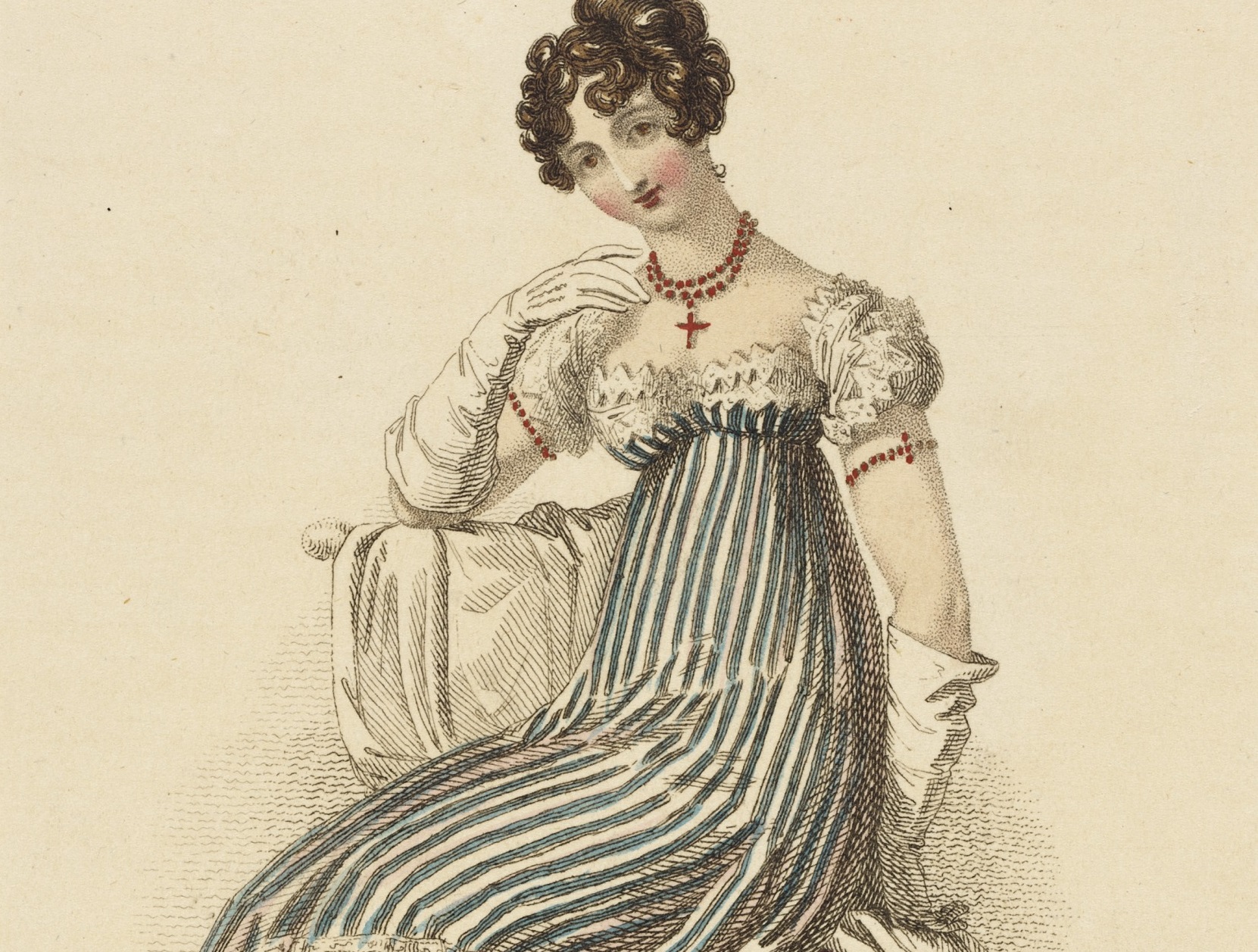 Rudolph Ackermann, Wikimedia Commons
Rudolph Ackermann, Wikimedia Commons
Women's Regency Fashion: Empire-Waist Dresses
Empire-waist dresses in the Regency era had a high waistline under the bust and flowing skirts draping to the floor. The dress was lightweight and often made from sheer fabrics like muslin or silk. It had a graceful, elongated silhouette, emphasizing a classical, Grecian-inspired aesthetic.
Women's Regency Fashion: Gowns
Regency-era gowns accentuated a delicate and natural silhouette. They were adorned with simple embellishments, again reflecting the era's preference for elegance and understated beauty.
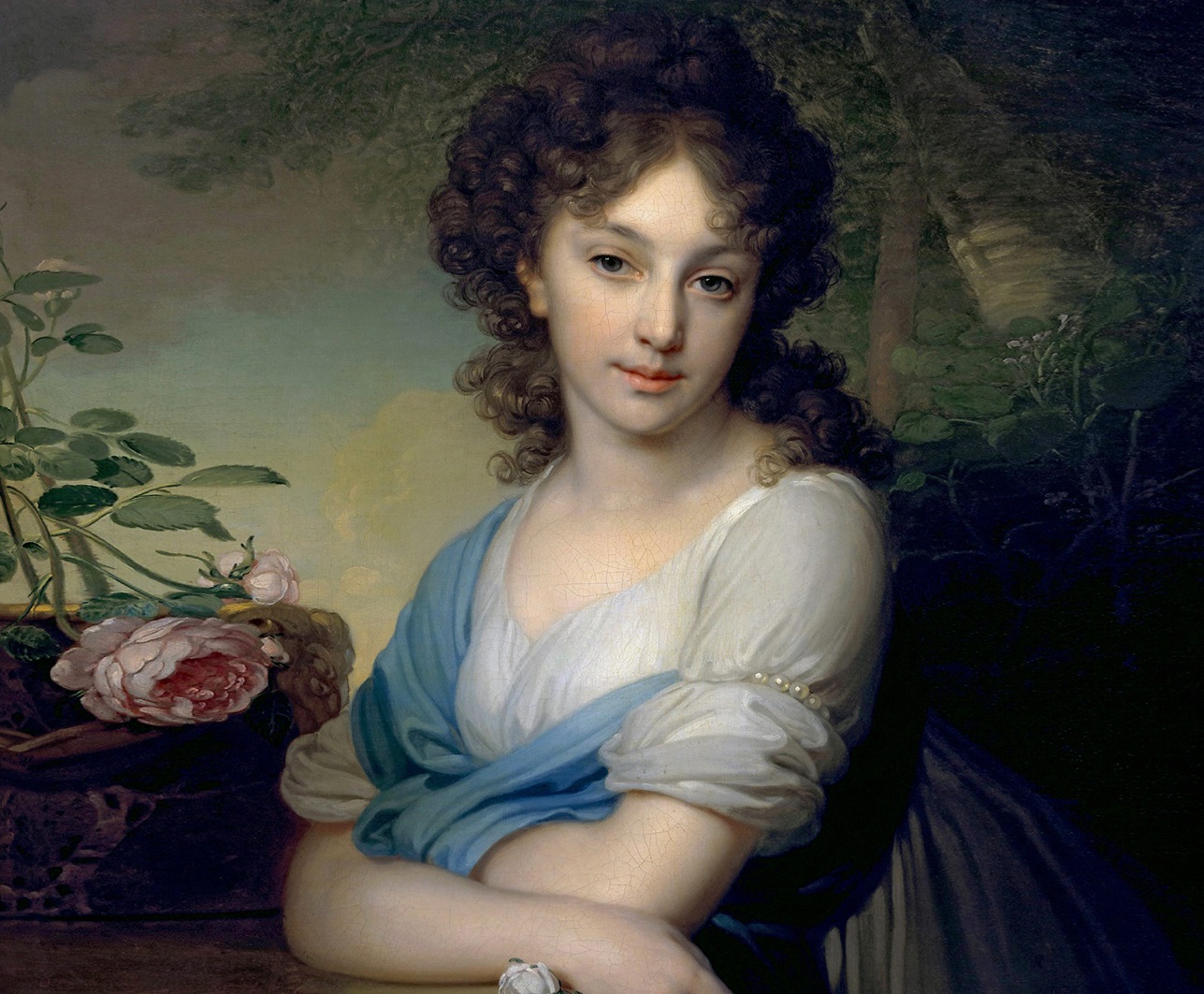 Vladimir Borovikovsky, Wikimedia Commons
Vladimir Borovikovsky, Wikimedia Commons
Women's Regency Fashion: Fabrics
Popular fabrics in fashion included muslin for its lightness and drape and silk for its luxurious sheen. Women could also wear wool garments for cooler weather and satin or velvet when attending a ball.
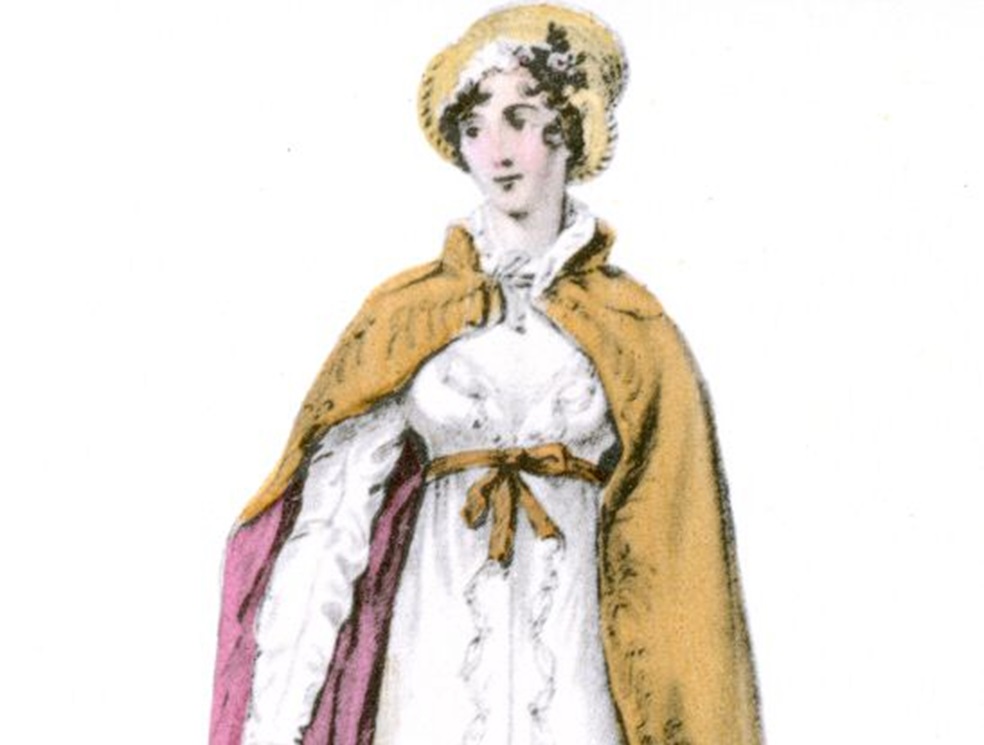 unknown 1813 artist, Wikimedia Commons
unknown 1813 artist, Wikimedia Commons
Women's Regency Fashion: Stays And Corsets
In the Regency era, a woman wore a supportive undergarment known as a stay. While similar in function, the corset was often more rigid.
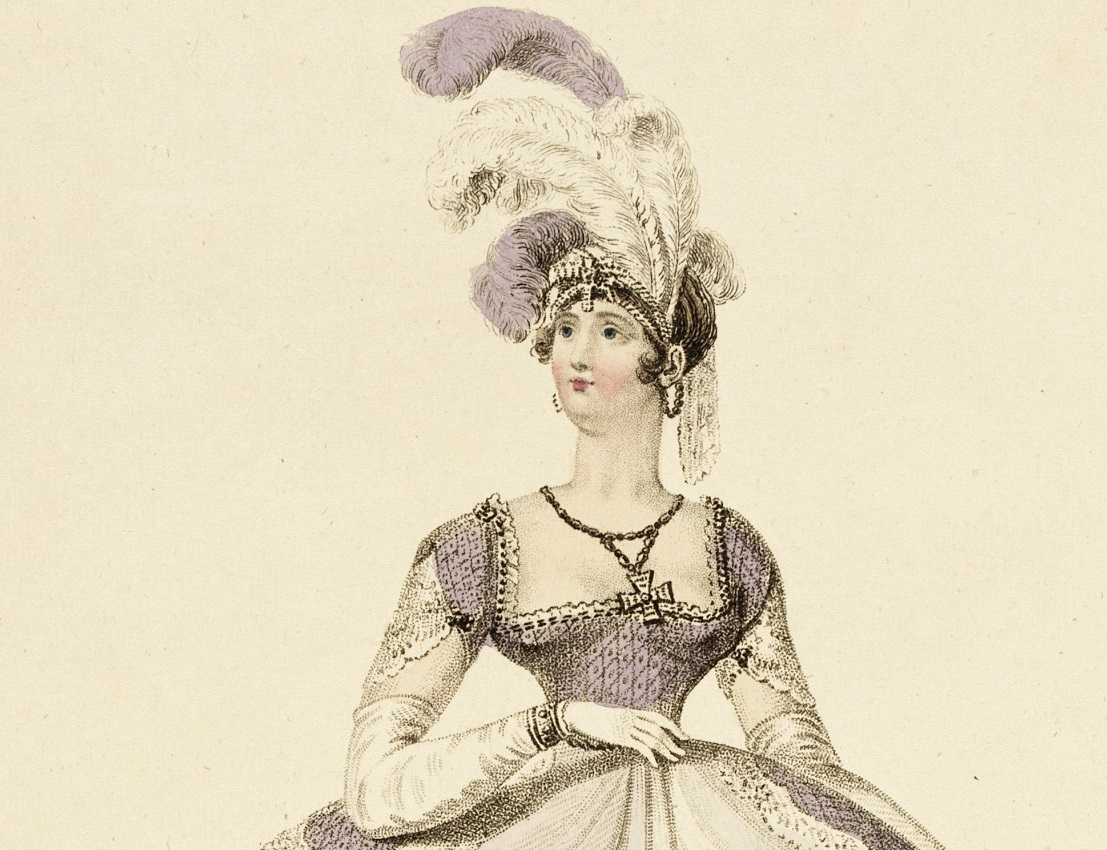 Los Angeles County Museum of Art, Wikimedia Commons
Los Angeles County Museum of Art, Wikimedia Commons
Women's Regency Fashion: What Were Stays Made Of?
Stays consisted of fabric reinforced with whalebone or steel. Stays provided a smooth, structured silhouette without the extreme tightness of earlier corsets.
Women's Regency Fashion: Why Would You Wear That?
Stays were primarily used to shape the torso and cinch the waist, reflecting evolving fashion preferences for a softer, more natural figure while offering some structural support.
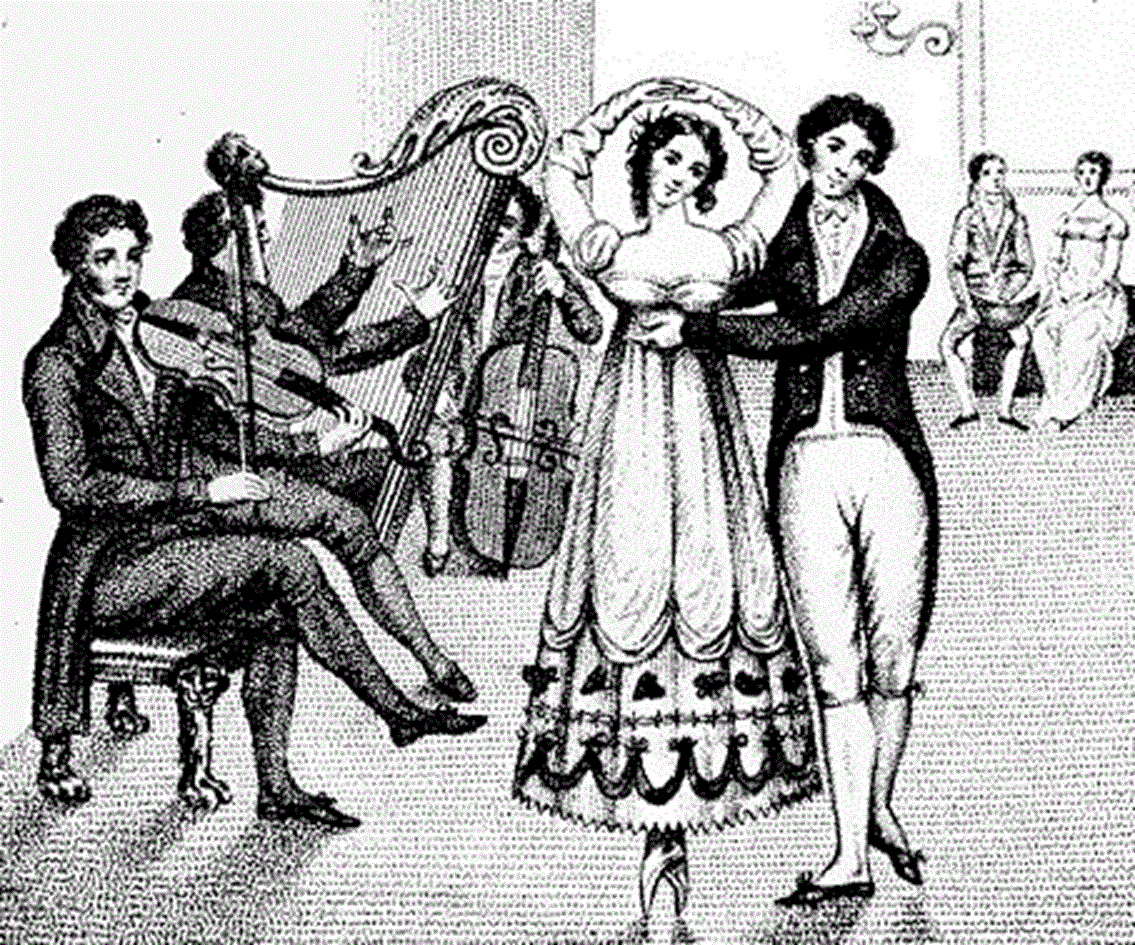 unknown 1817 artist, Wikimedia Commons
unknown 1817 artist, Wikimedia Commons
Women's Regency Fashion: The Dangers Of Corseting
Corsets were far more restrictive than stays—and could also lead to serious health issues. In addition to causing women to faint, lacing a corset too tightly could compress organs in the abdomen, making it hard to eat. Over time, tight lacing could cause back muscles to atrophy and even deform a woman's ribcage.
Women's Regency Fashion: Footwear
Women's footwear in the Regency era typically featured low-heeled slippers or shoes made from satin, silk, or leather. Shoes were delicately embellished with ribbons, bows, or beads to complement the elegant and flowing gowns of the period.
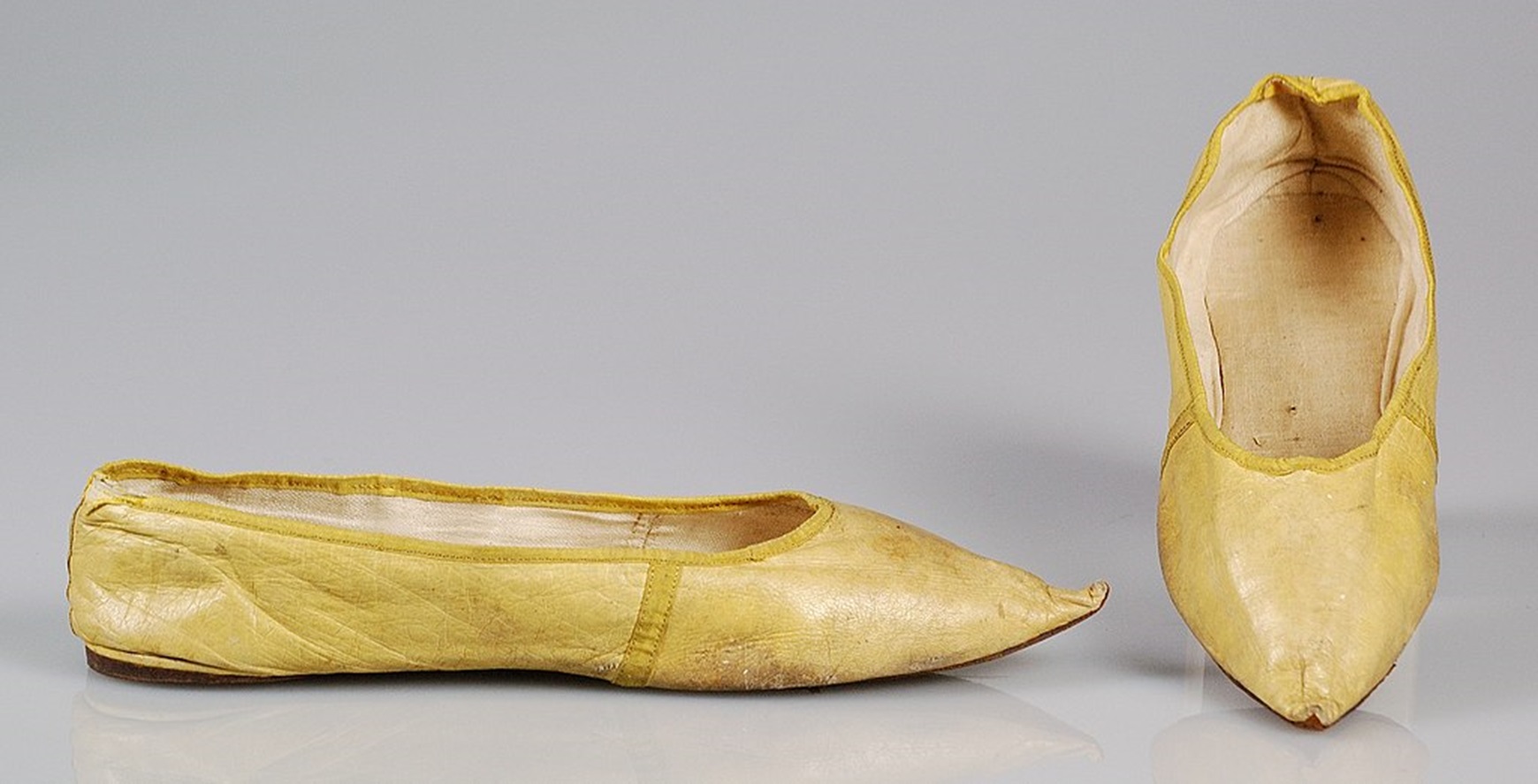 Metropolitan Museum of Art, Wikimedia Commons
Metropolitan Museum of Art, Wikimedia Commons
Women's Regency Fashion: Shawls And Stoles
In the Regency era, women's shawls and stoles were elegant cashmere, silk, or lace accessories. Featuring intricate patterns or embroidery, a shawl or stole was draped over the shoulders to provide warmth and add a touch of sophistication to both daytime and evening attire.
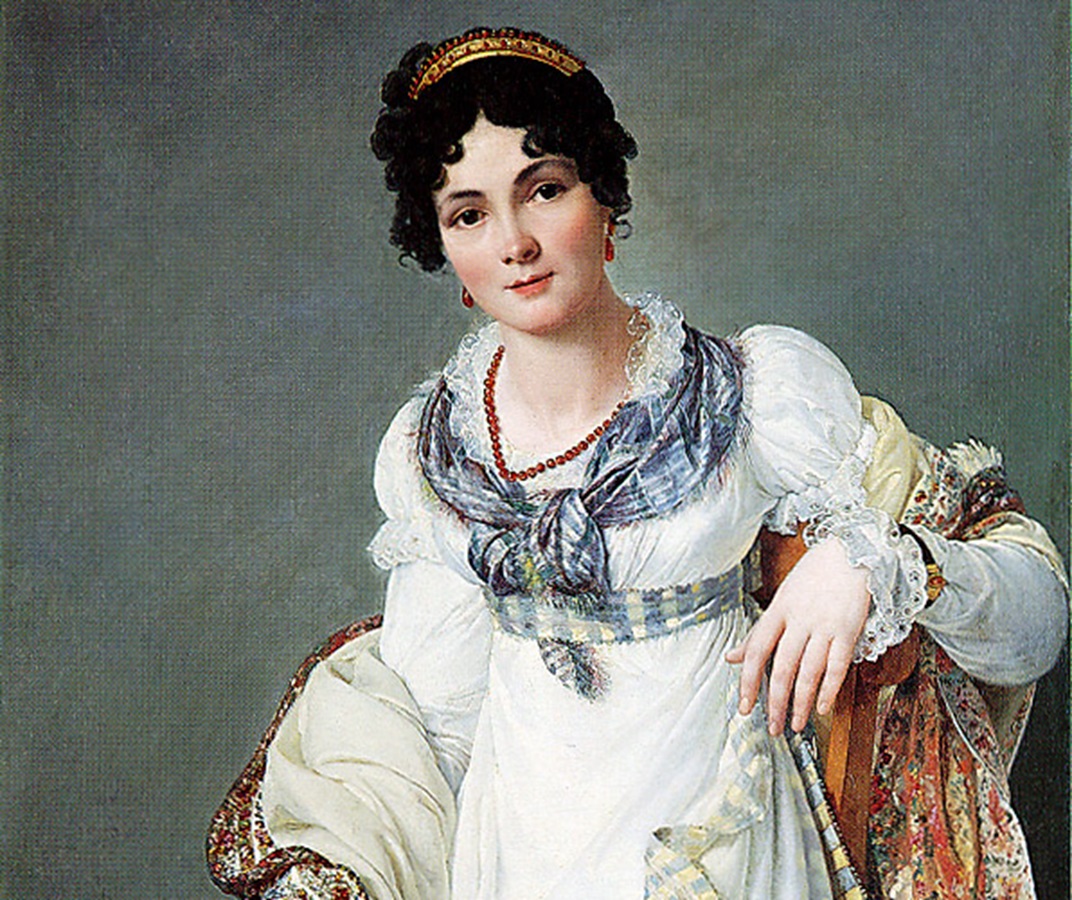 François Mulard, Wikimedia Commons
François Mulard, Wikimedia Commons
Women's Regency Fashion: Hairstyles
Women's hairstyles in the Regency era typically featured soft, natural-looking curls or waves. They often wore their hair styled in an updo, with a hairpiece like a tiara.
Women's Accessories In The Regency Era
Women's accessories in the Regency era were elegant and subtle. Delicate and understated jewelry was chosen to enhance an outfit gracefully.
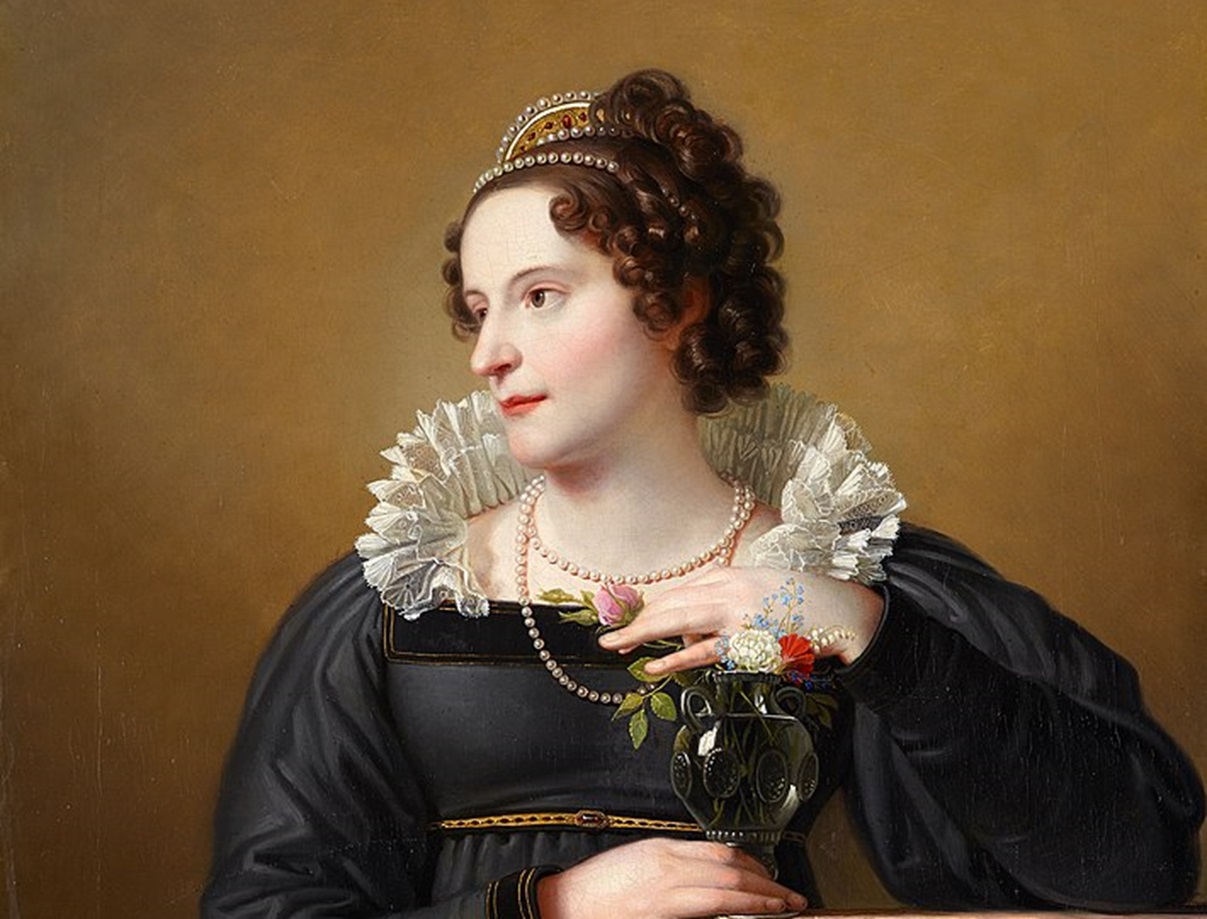 Johann Peter Krafft, Wikimedia Commons
Johann Peter Krafft, Wikimedia Commons
Women's Accessories: Headpieces
Women's hairpieces showcased decorative elements like ribbons, flowers, and tiaras, enhancing soft, natural hairstyles and adding sophistication and charm to their overall look.
 Johann Friedrich August Tischbein, Wikimedia Commons
Johann Friedrich August Tischbein, Wikimedia Commons
Women's Accessories: Hats
A variety of headwear, including styles like the poke bonnet and the turban, represent Regency fashion. Women commonly wore bonnets and later adopted more oversized hats with wide brims for added elegance and sun protection.
 Christoffer Wilhelm Eckersberg, Wikimedia Commons
Christoffer Wilhelm Eckersberg, Wikimedia Commons
Women's Accessories: Gloves
Women's gloves were a fashionable accessory that signified refinement and modesty. They were crafted from fine materials and worn to complement formal and everyday attire. Different types include short gloves for daywear and longer gloves for the evening.
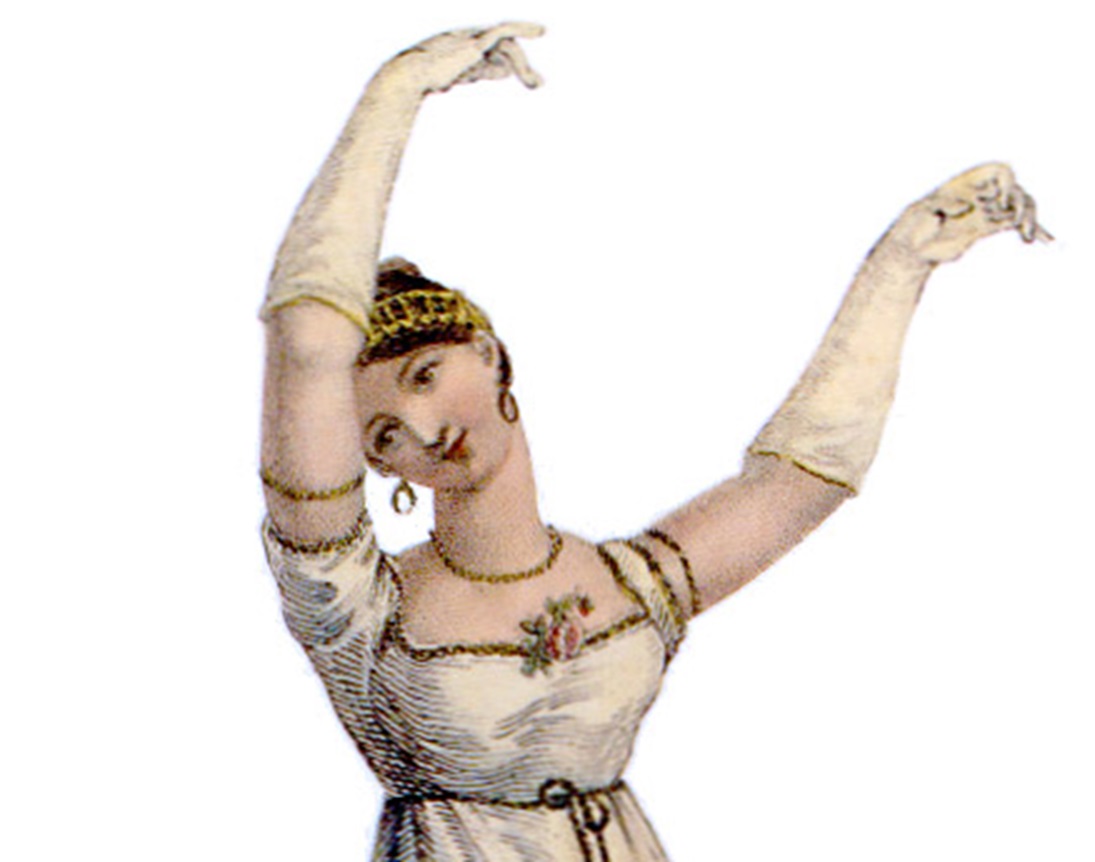 Unknown 1809 artist, Wikimedia Commons
Unknown 1809 artist, Wikimedia Commons
Women's Accessories: Jewelry
Women's jewelry was elegant and understated, often featuring delicate designs with gemstones and pearls. Popular pieces like pearl earrings, cameos, and brooches were worn.
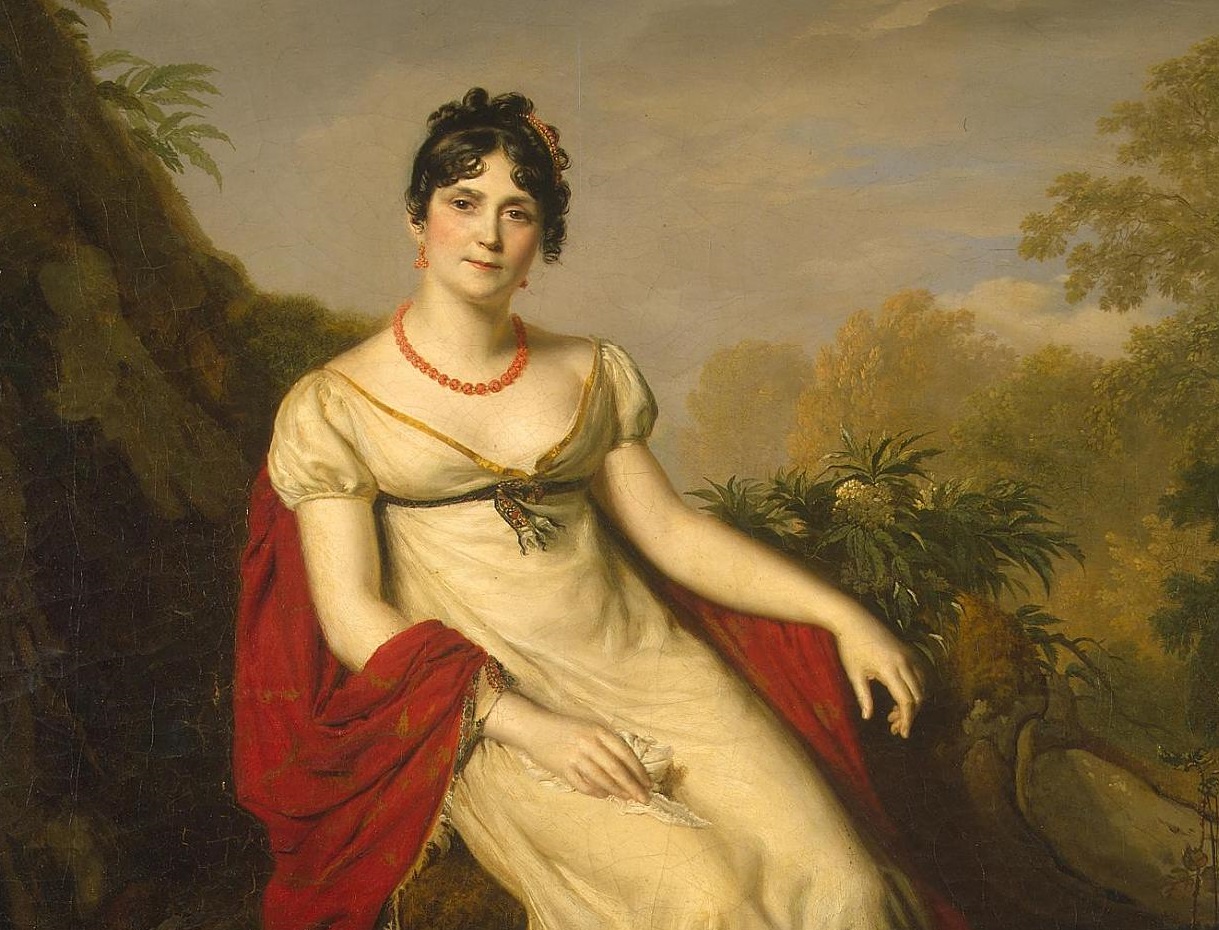 Firmin Massot, Wikimedia Commons
Firmin Massot, Wikimedia Commons
Women's Accessories: Fans
In the Regency era, women used fans for both practical and decorative purposes: to keep cool and to signal subtle messages in social interactions.
Fashion Overall In The Regency Era
Women's Regency era fashion differed from men's, focusing on flowing empire-waist gowns and delicate fabrics, emphasizing a softer, more fluid silhouette. In contrast, men's fashion featured tailored tailcoats, fitted trousers, and structured garments, highlighting a more formal and refined look.
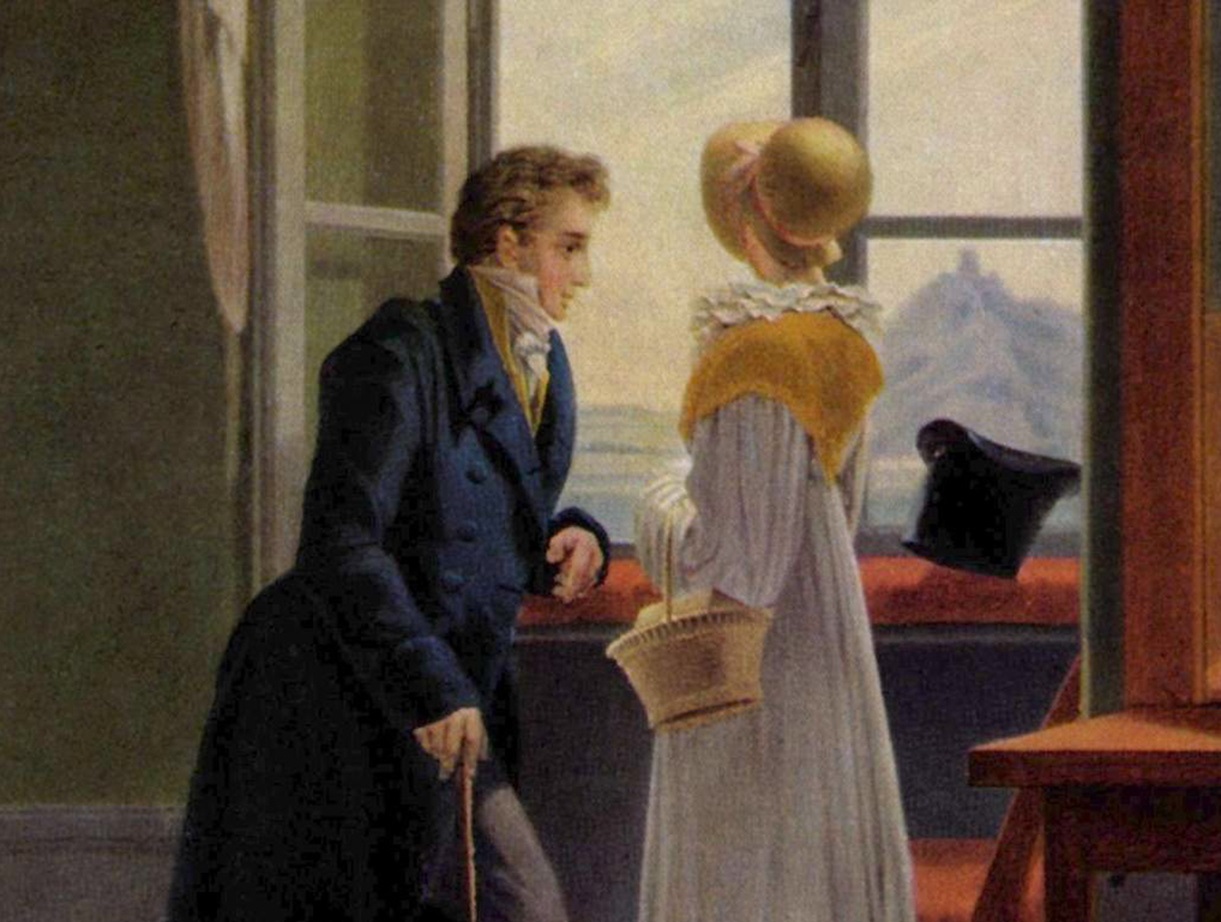 Georg Friedrich Kersting, Wikimedia Commons
Georg Friedrich Kersting, Wikimedia Commons
Fashion In The Regency Era: Keeping Up With The Continent
British fashion adopted the cultural influences of the time to remain aligned with continental sophistication. The Regency era was a distinctive and fleeting historical moment amid considerable turmoil and unrest—but the people looked good!


